The wonderful world of animal dwellings
Your dog or cat is certainly happy that you give it a niche or place to sleep every night (and day). Outside, in the wild nature , most animals only find a place slightly softer and more sheltered to sleep for the night. But there are also wild animals that build up better homes, pretty nests or real engineering buildings! These 13 animals are among the best architects that the animal kingdom has in its ranks.
The construction of dwellings is probably what animals have closer to us, humans, especially in the way of making them. These animals carry twigs, sticks and leaves for future use, namely the construction of a nest or dam (for castors). But they will not use it for anything else, as a chimpanzee can use a stick to hunt termites for example.
You're gonna see these. habitions of animals is the work of a renowned architect!
Social Republic
The social republic, from South Africa, Namibia and Botswana, has huge collective nests that can accommodate hundreds of birds across generations. These nests, woven from sticks and grass, are permanent. The deep inner rooms maintain a higher temperature at night, allowing birds to stay warm. 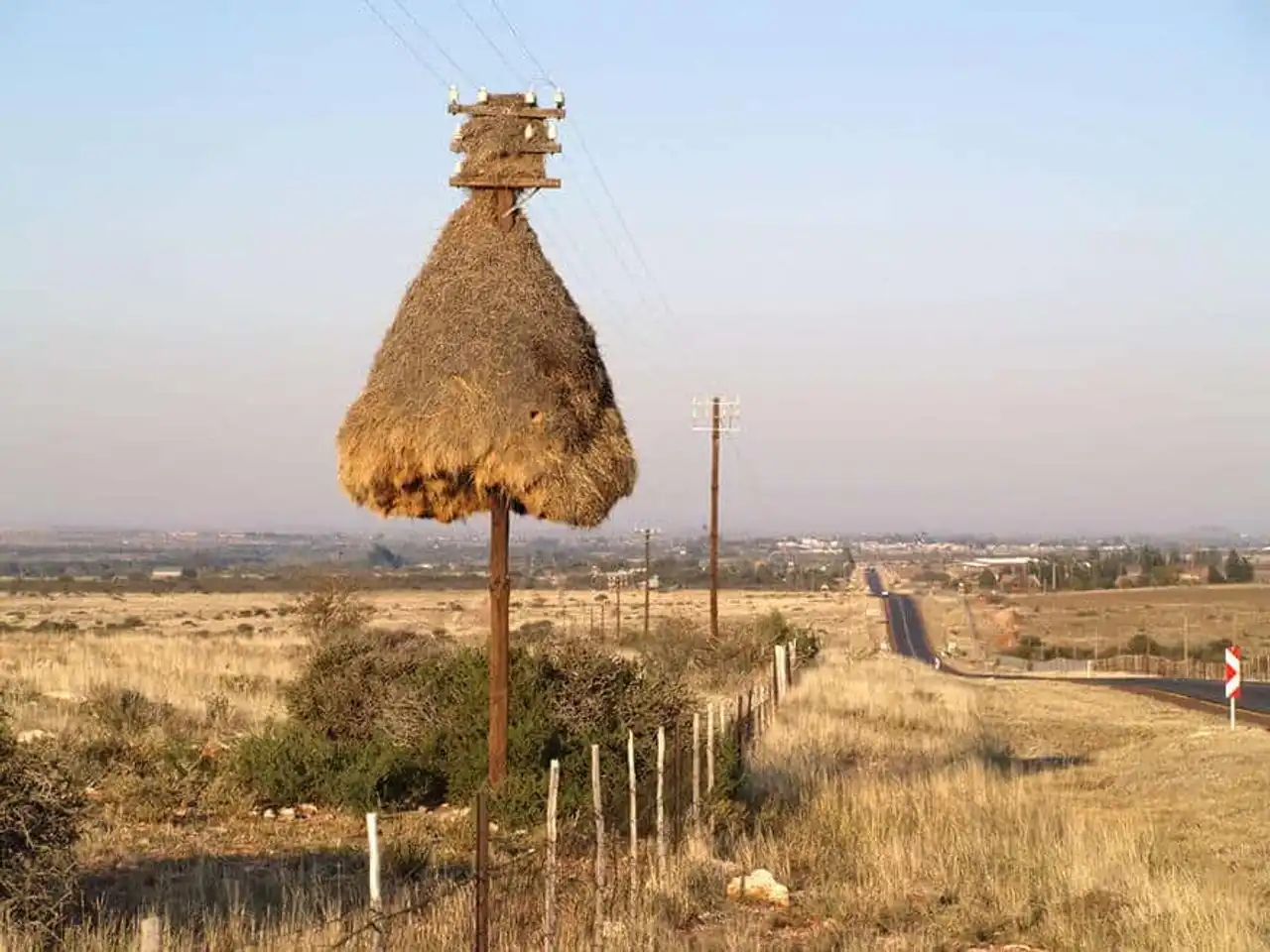
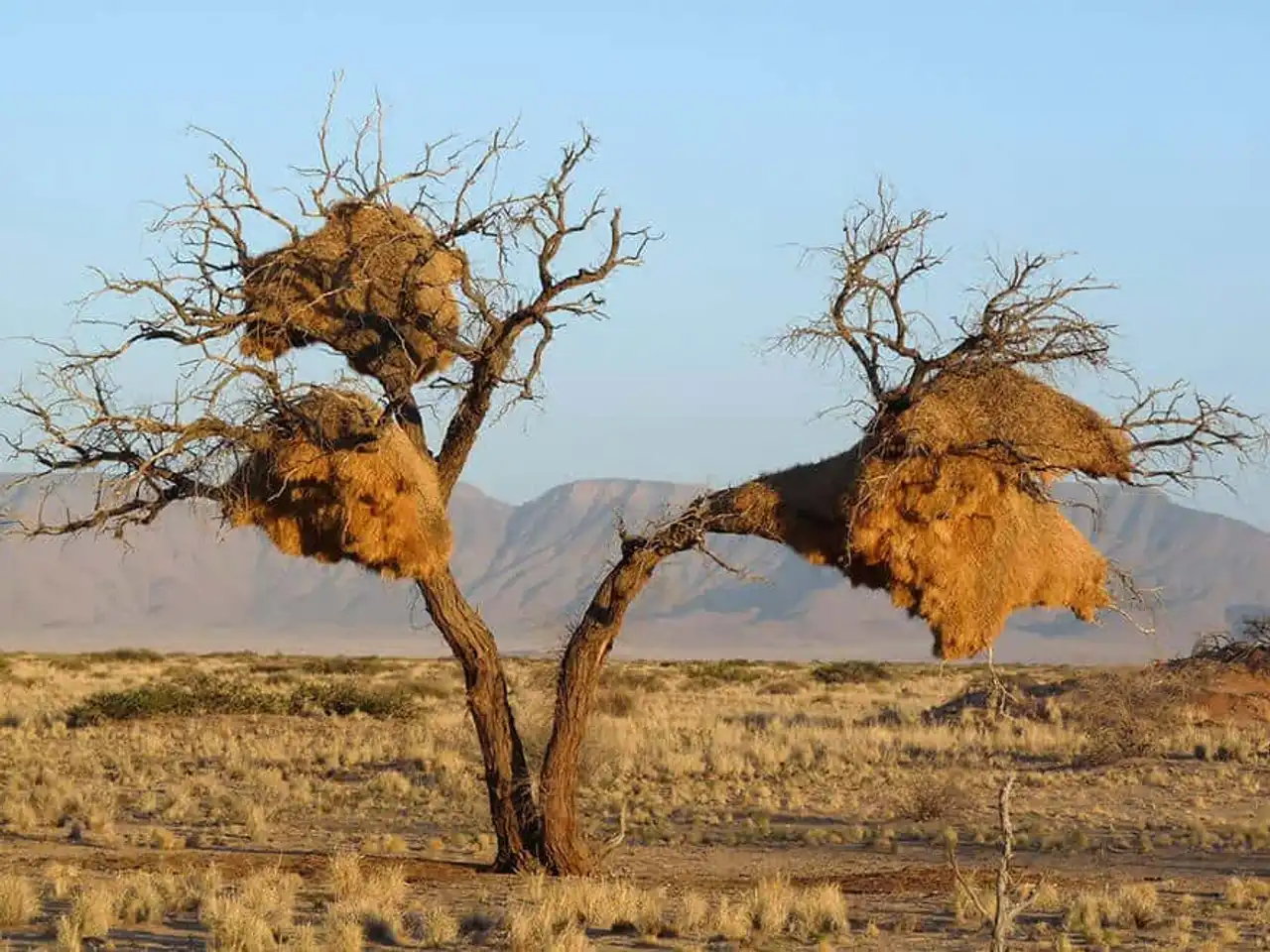
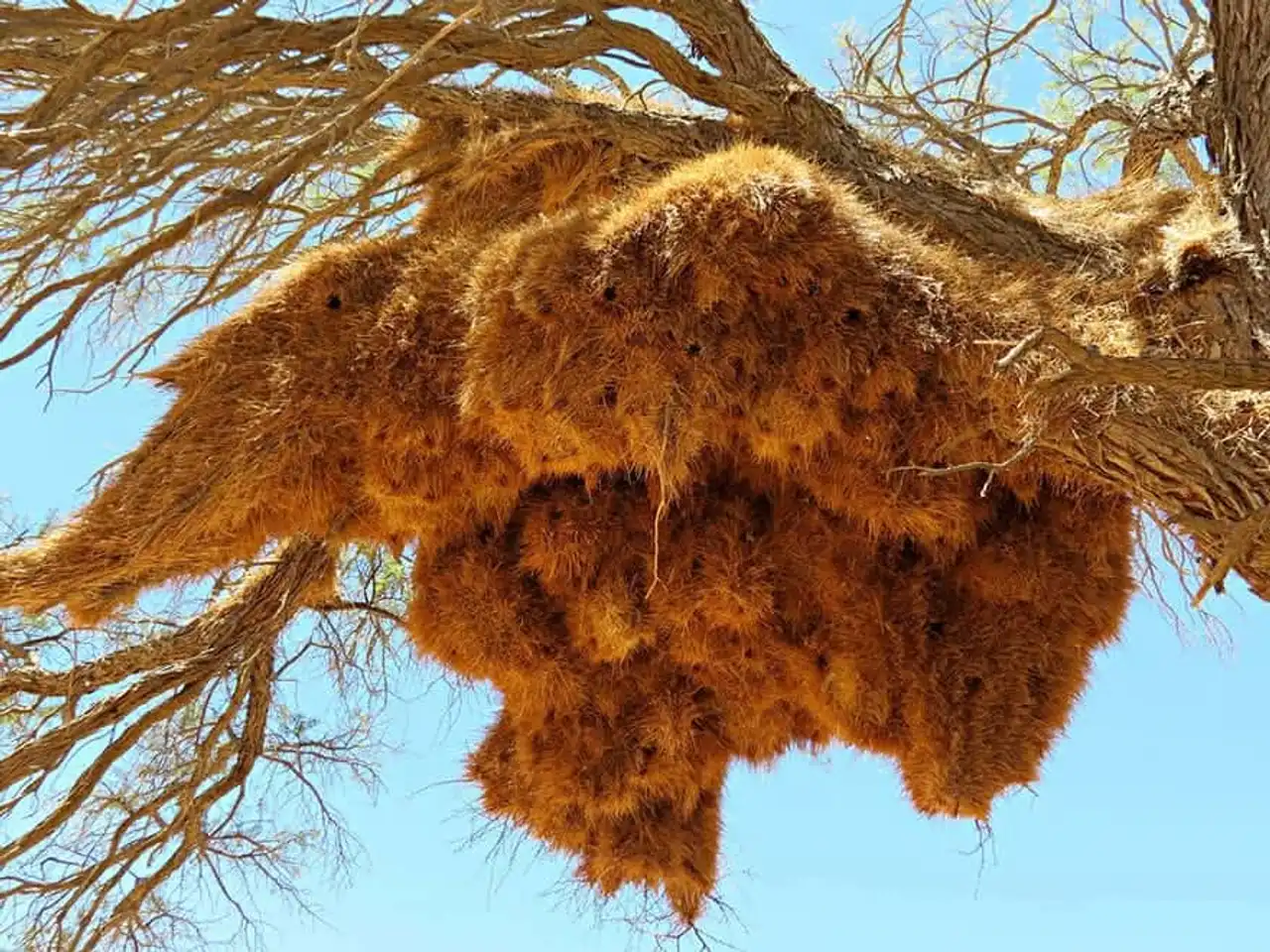
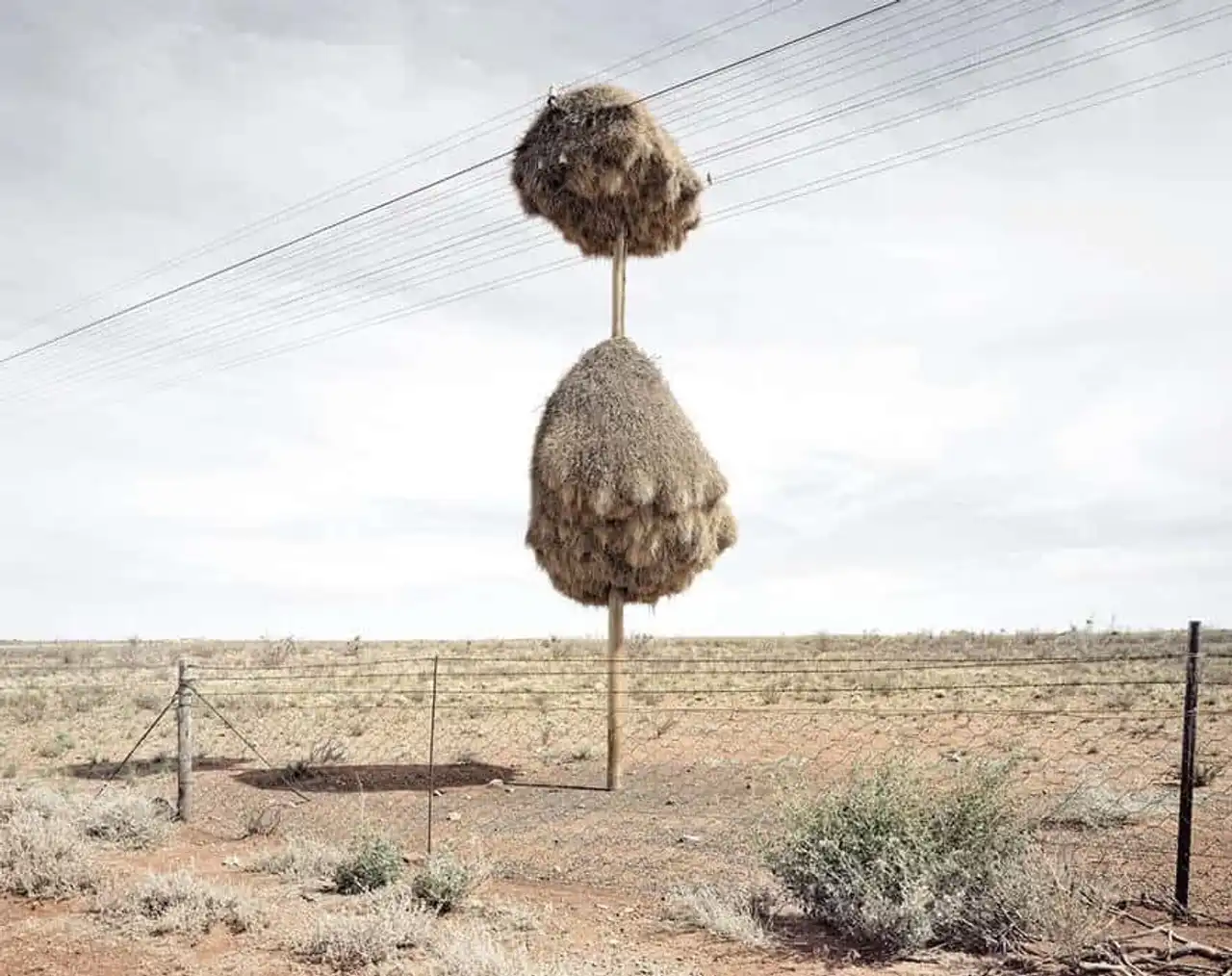
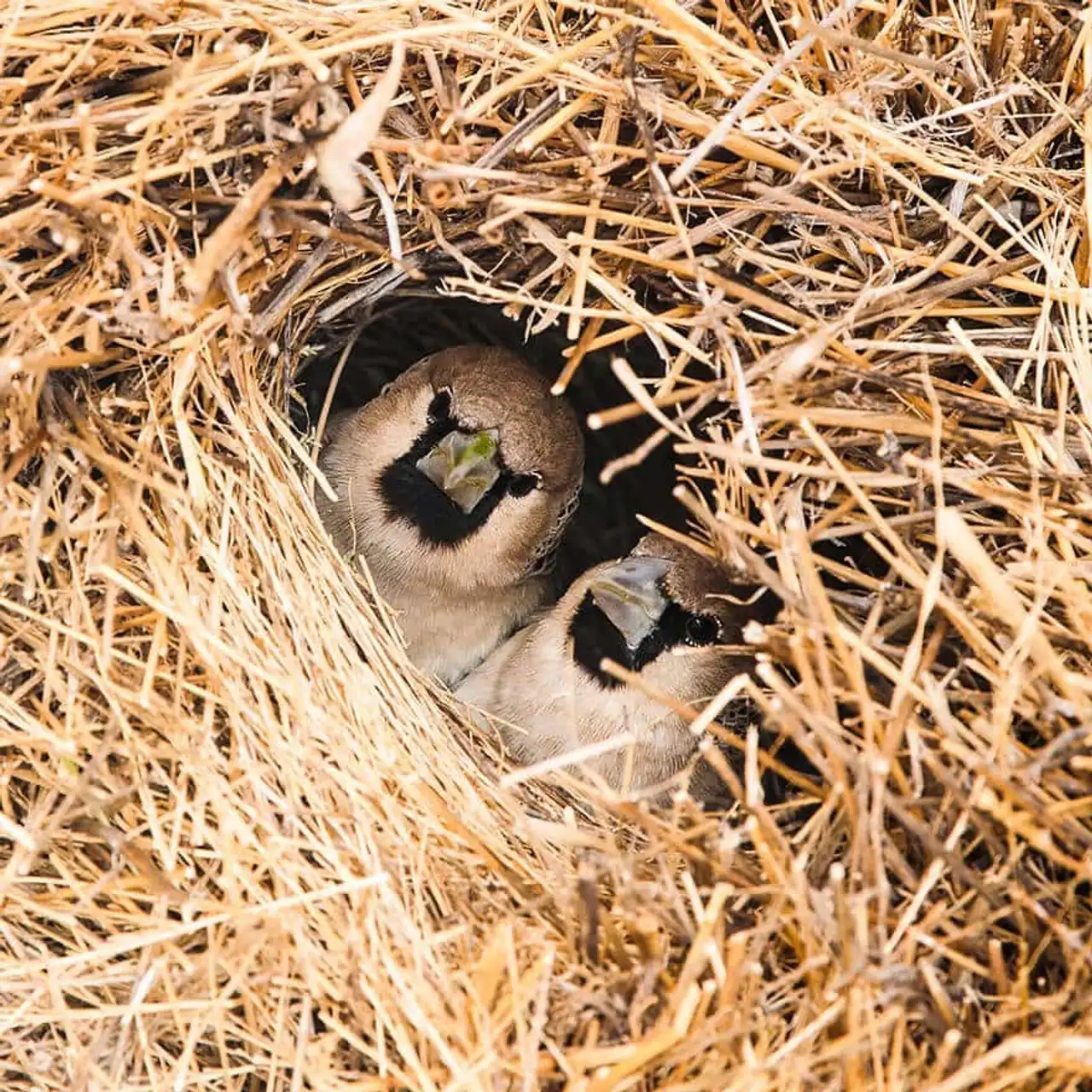
Oecophylla
The weaver ants, who live in Central Africa and South-East Asia, live in the trees and weave nests from tree leaves still attached to their branch, which they tie with the silk thread of their larvae. These nests can vary in size from one sheet to several glued up to half a meter length. 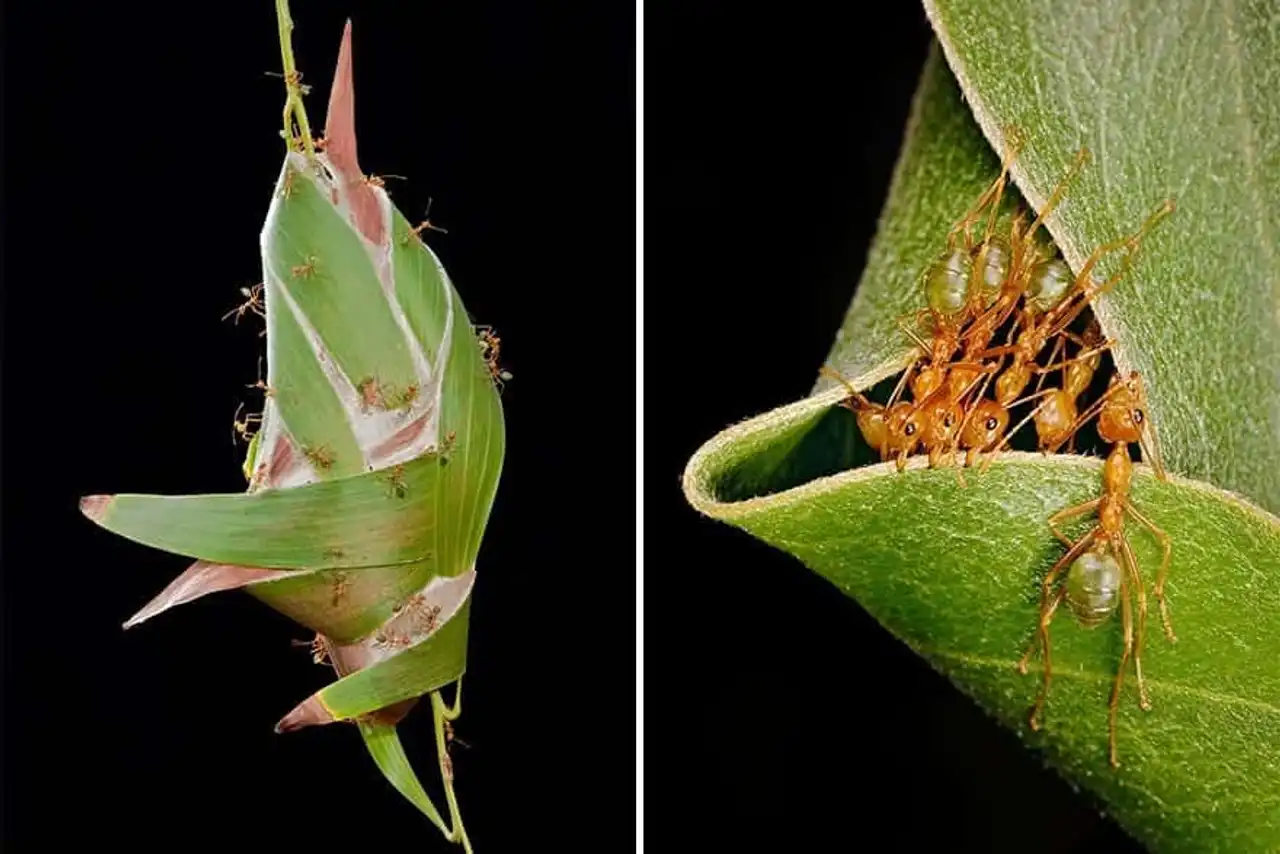
Brown garden
The male brown gardener creates tones, or small huts, from grass and sticks to attract females in order to mate with. It builds on the floor these kinds of small huts and carpets the foam floor and decorates its construction of pieces of wood and stones. Then it adds all mushrooms, berries, flowers or feathers to color its nest. However, it is not used to raise the little ones, this nest being only a place to attract the females... 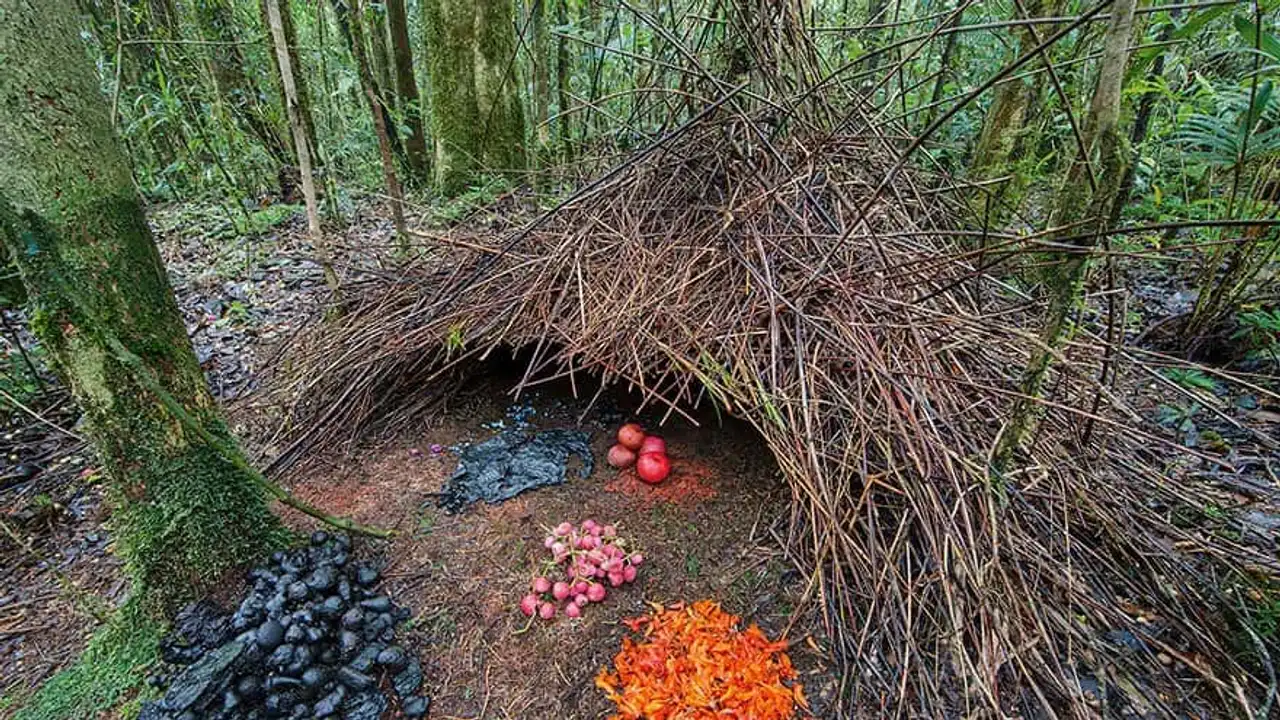
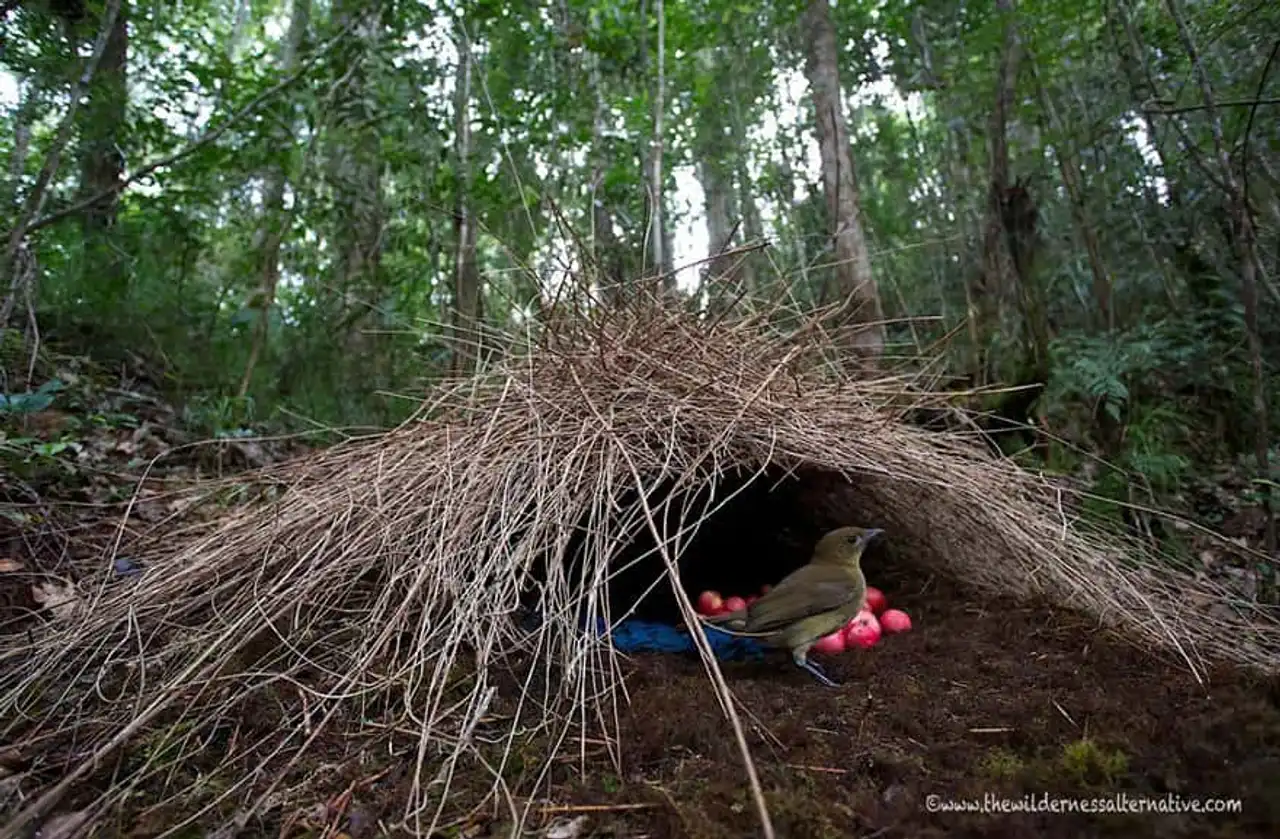
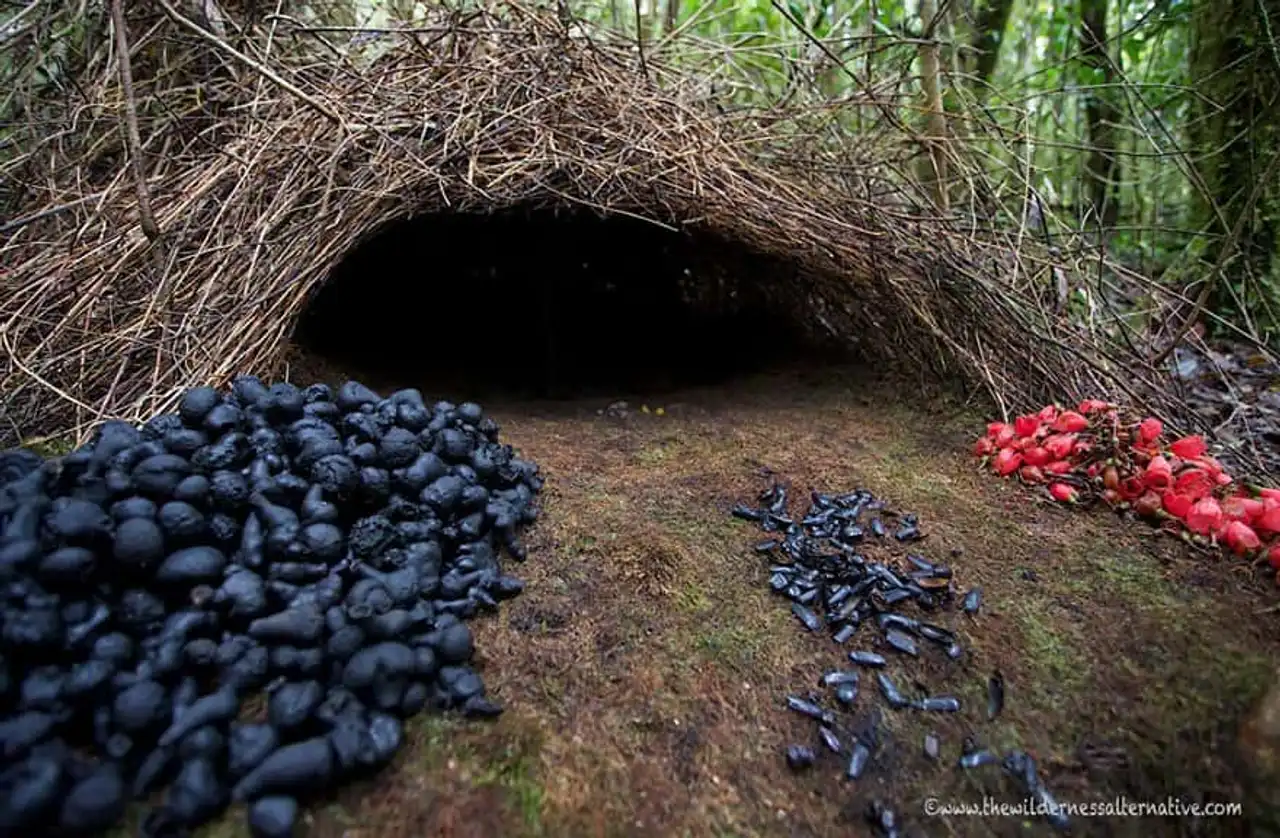
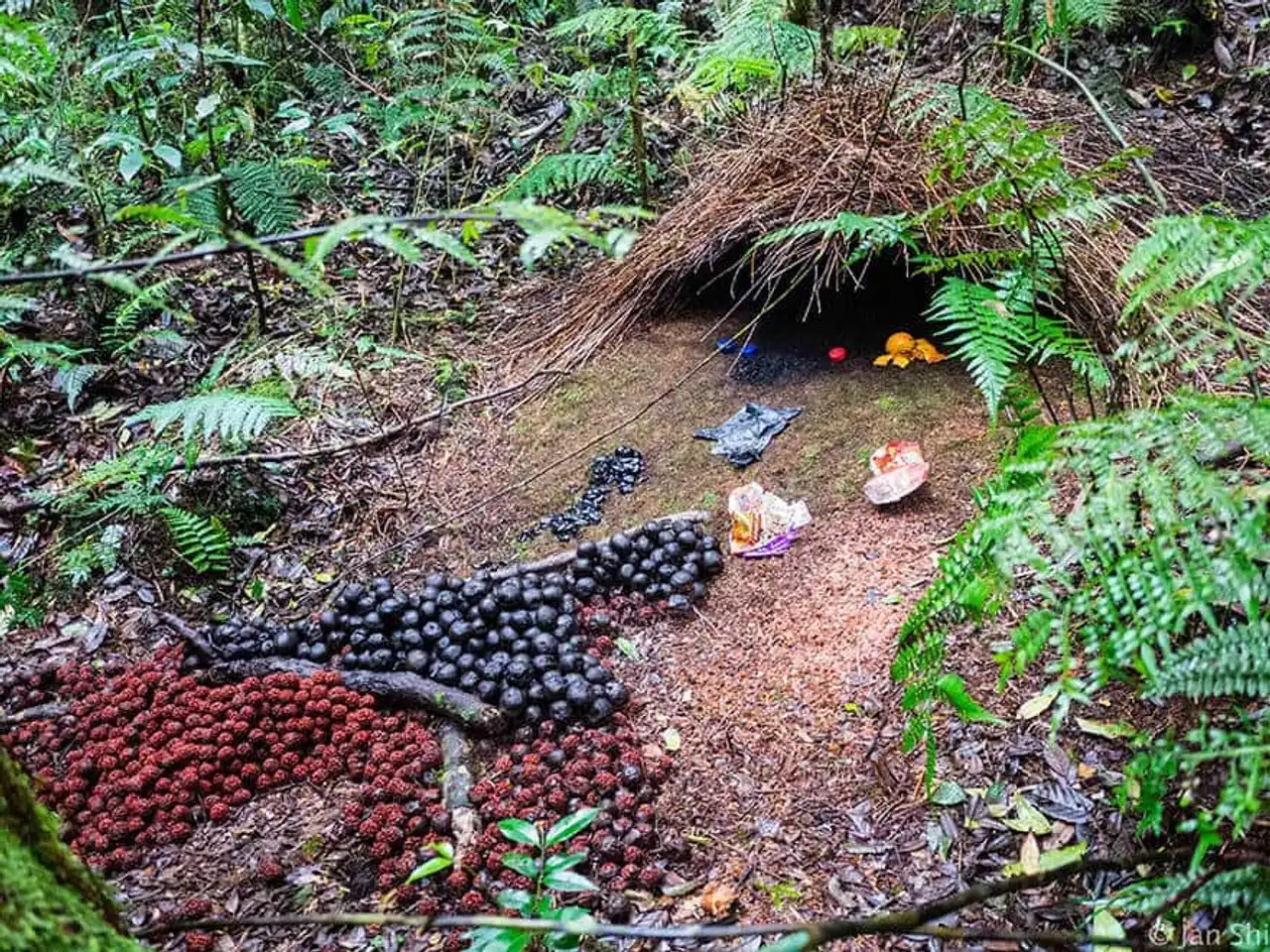
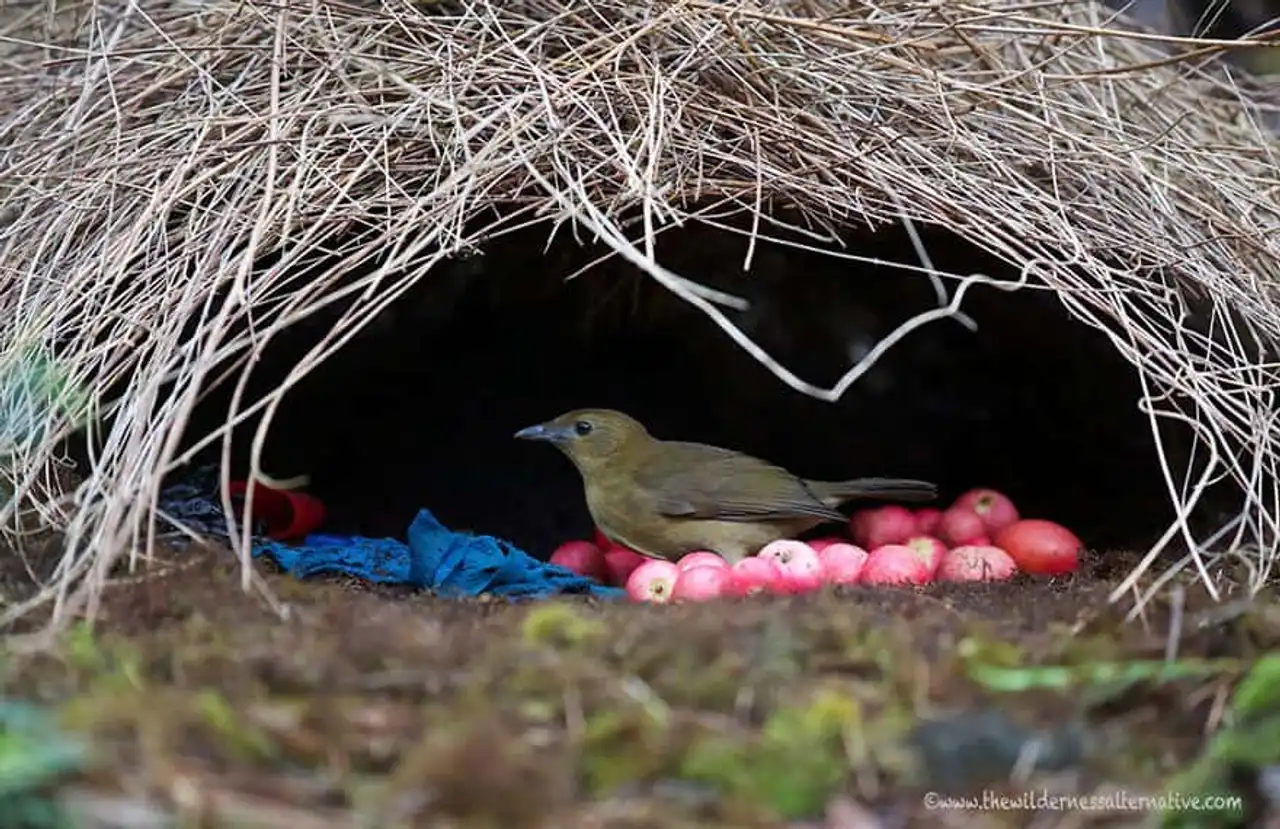
Termites boussoles
The termite compass builds large mounds of earth. Their homes are more or less directed towards a north-south orientation, which gave them their name. It is believed that this form allows their mounds to remain thermoregulated. 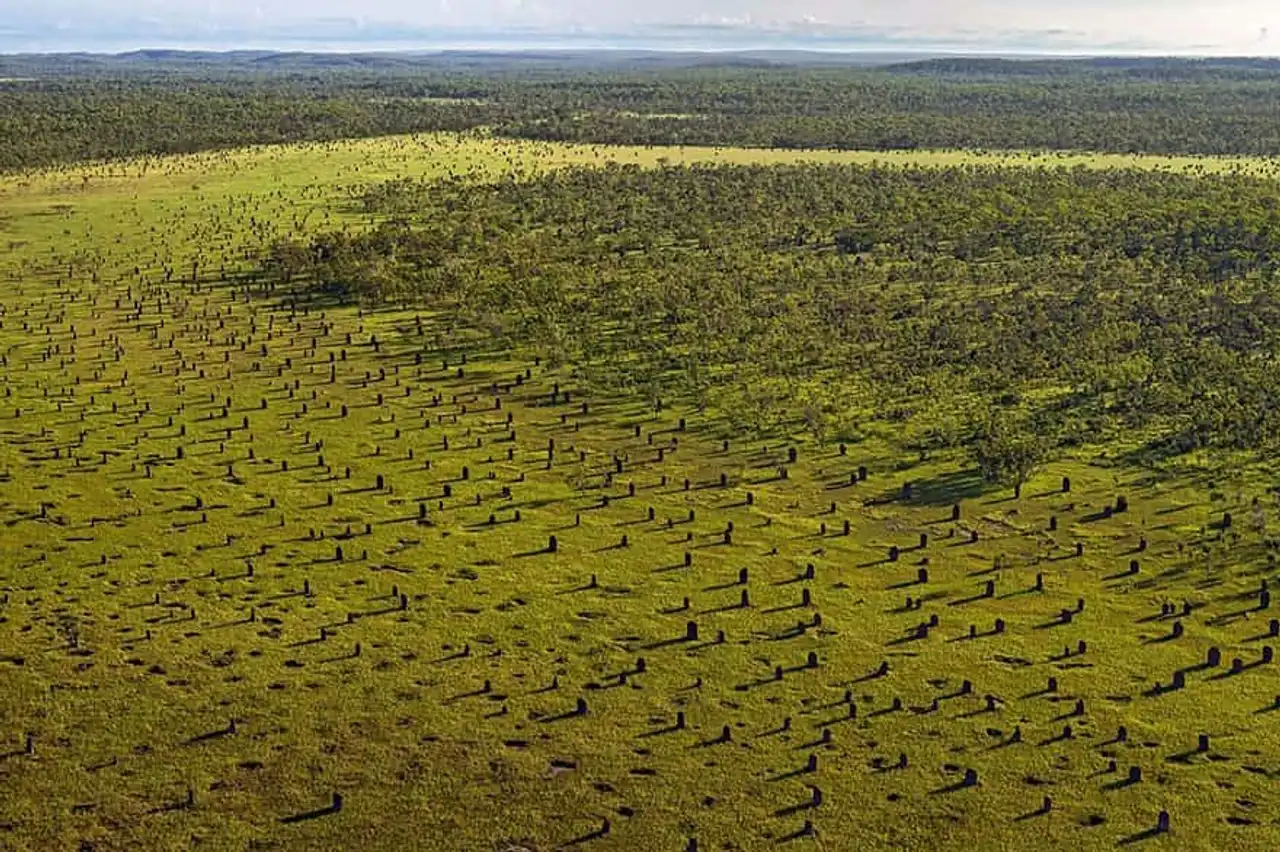
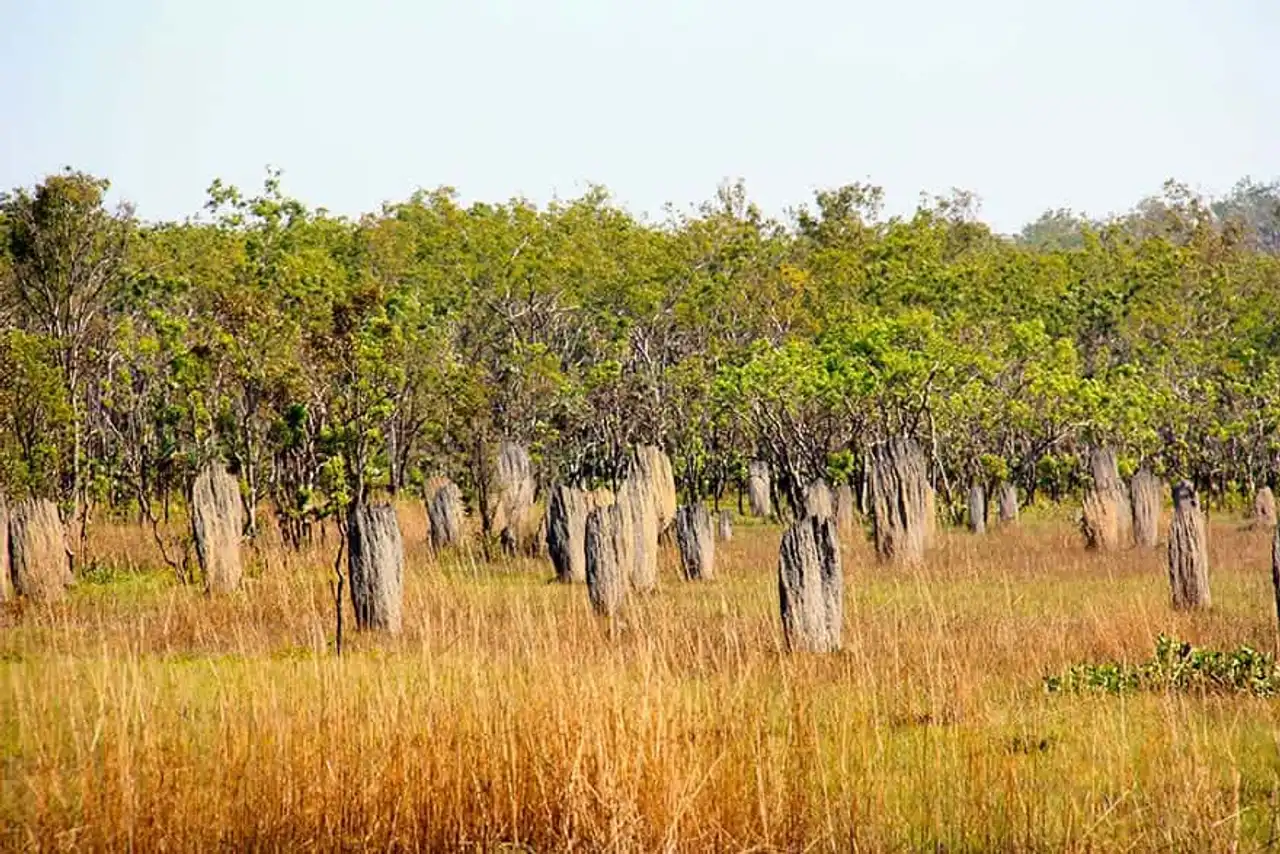
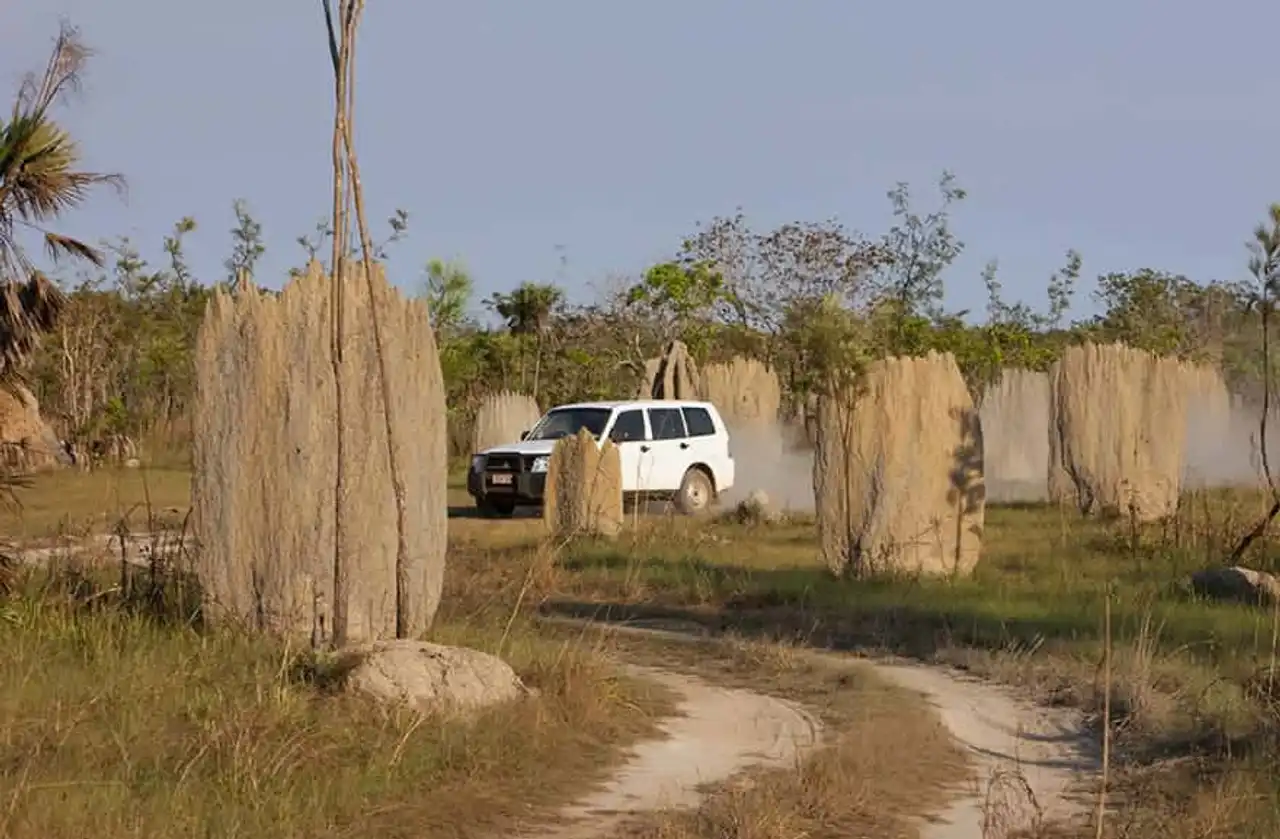
Bees
The best known bee is raised by man in a house called a hive. She lives in society. Its home, in the form of wax alabuses, is exciting and fascinating. To learn more, look at the life of bees in a beehive in 1 minute. 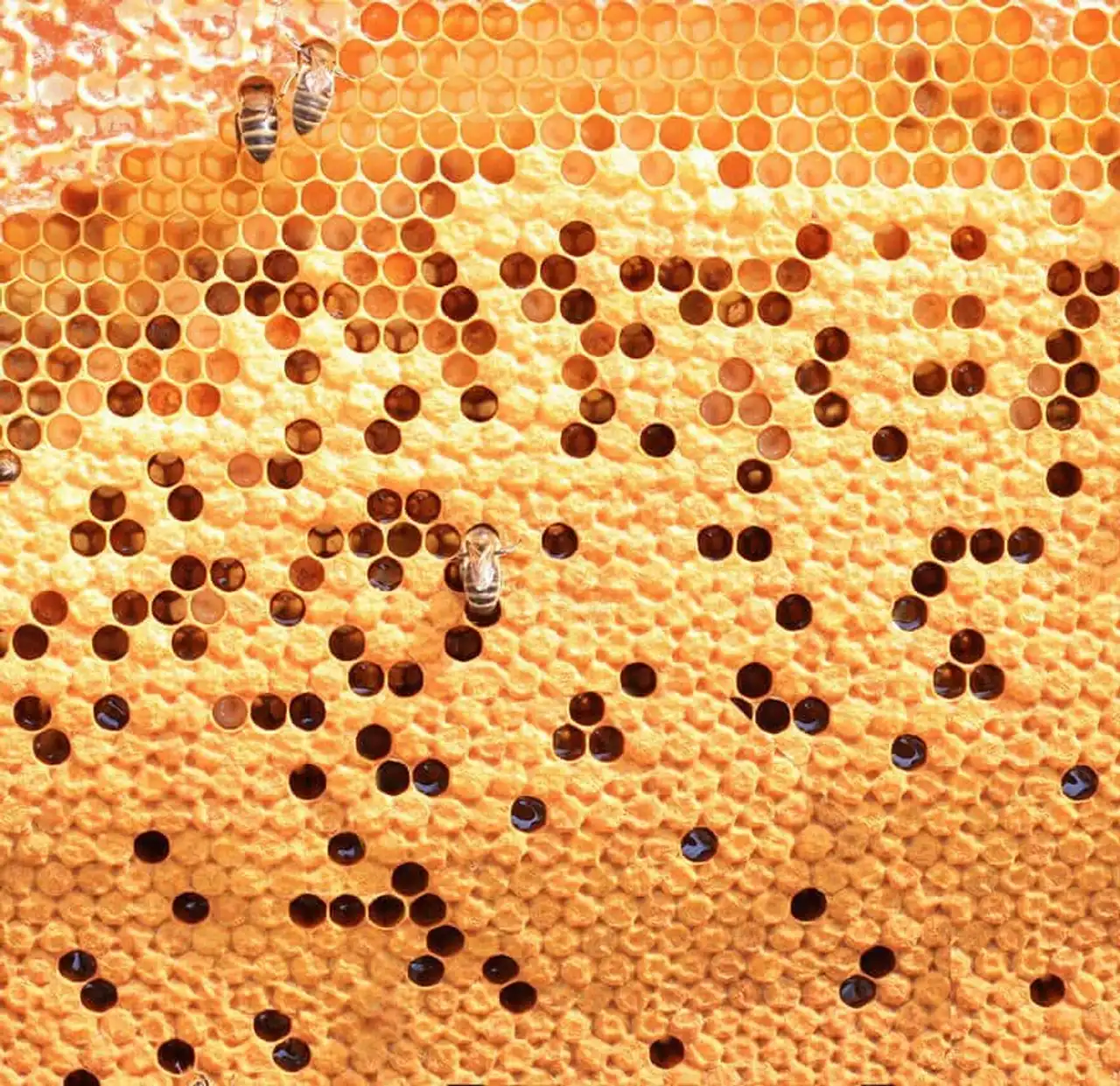
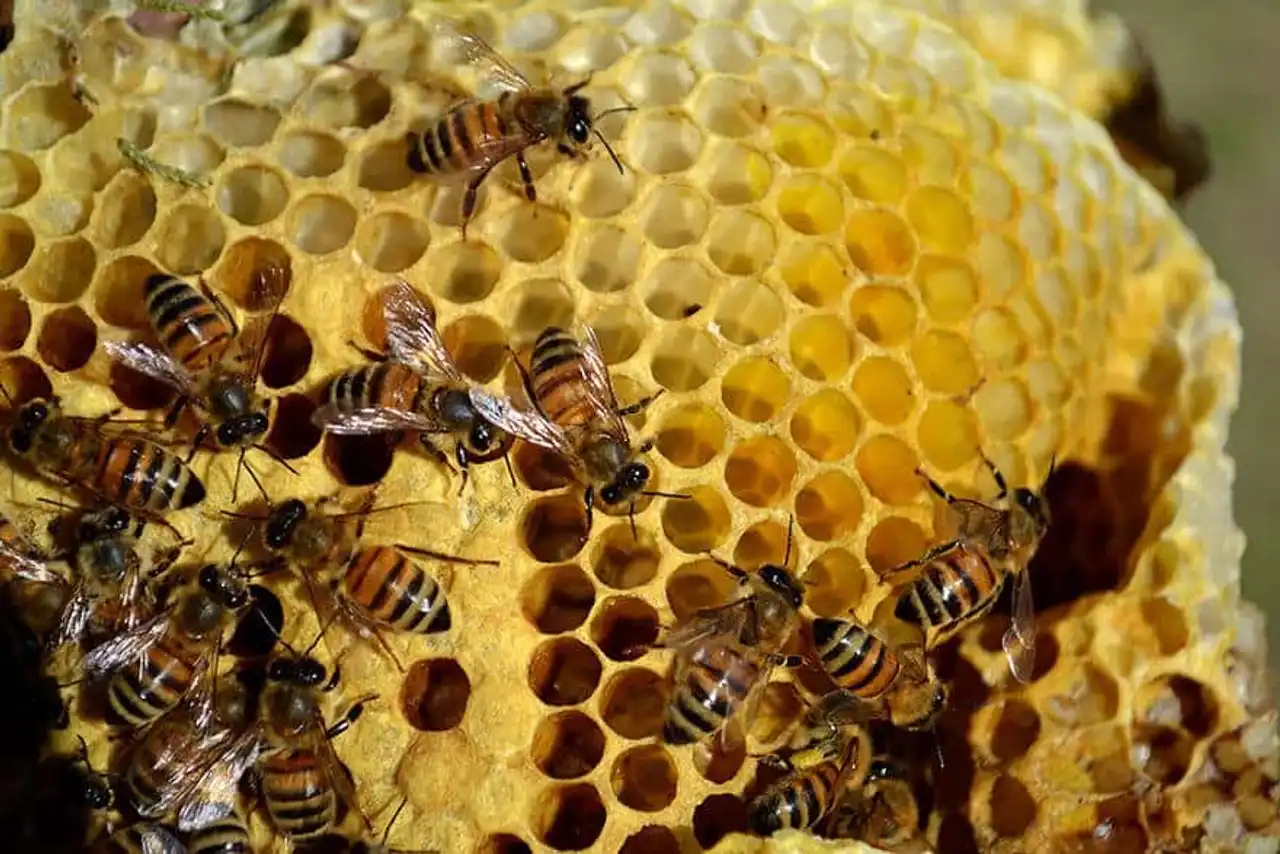
Furnishings of wood
The redwood ants build large mounds on the forest floor to house their nests. The upper part of their anthills are domes of twigs up to 1.50 m high, often located in the edge of wooded plots or in small clearings. The purpose of the antil is to protect the queen(s) and the brood. It guarantees the colony security and shelter in the face of the weather. 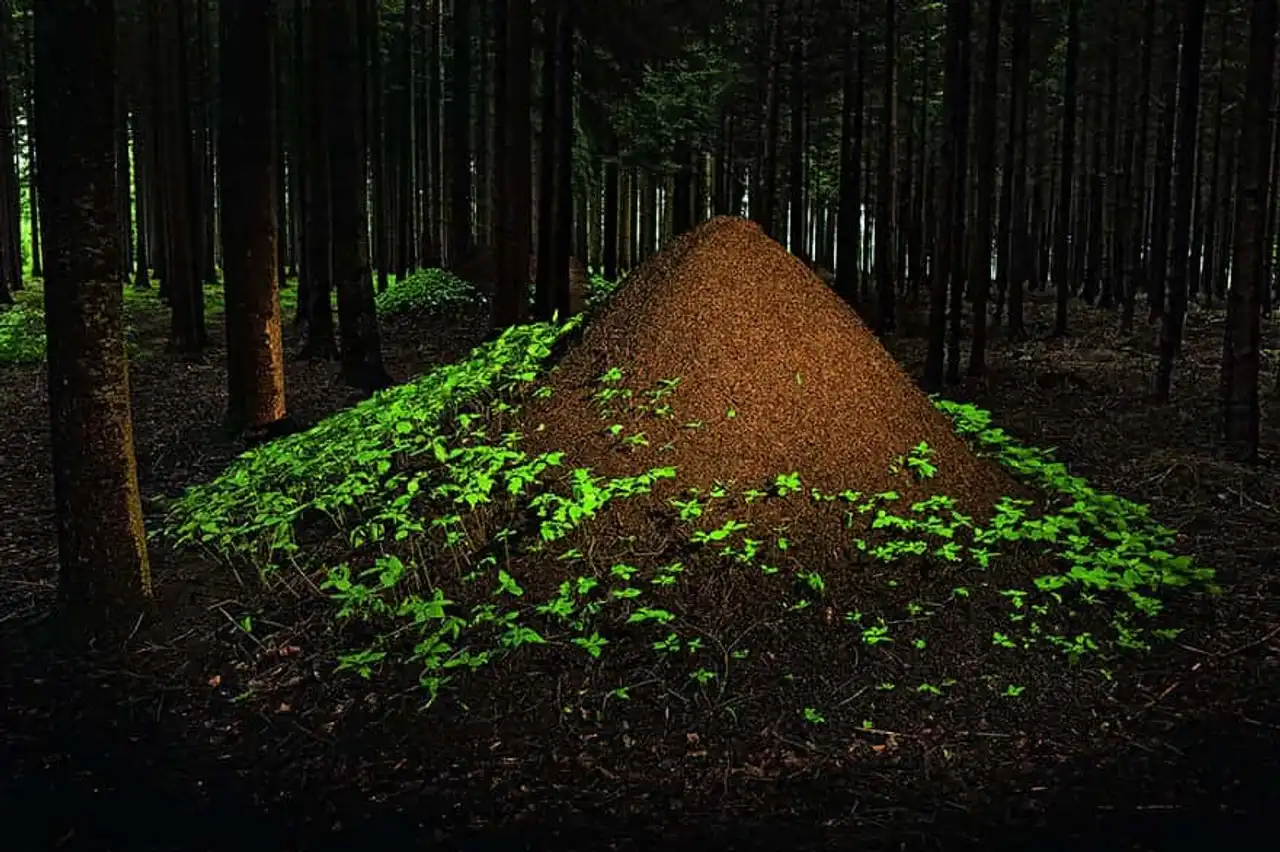
Red furnaces
The red dish builds its oven-shaped nest with clay and mud. These solid nests help protect them from predators and, once abandoned, can serve other birds as a relatively safe place to live. 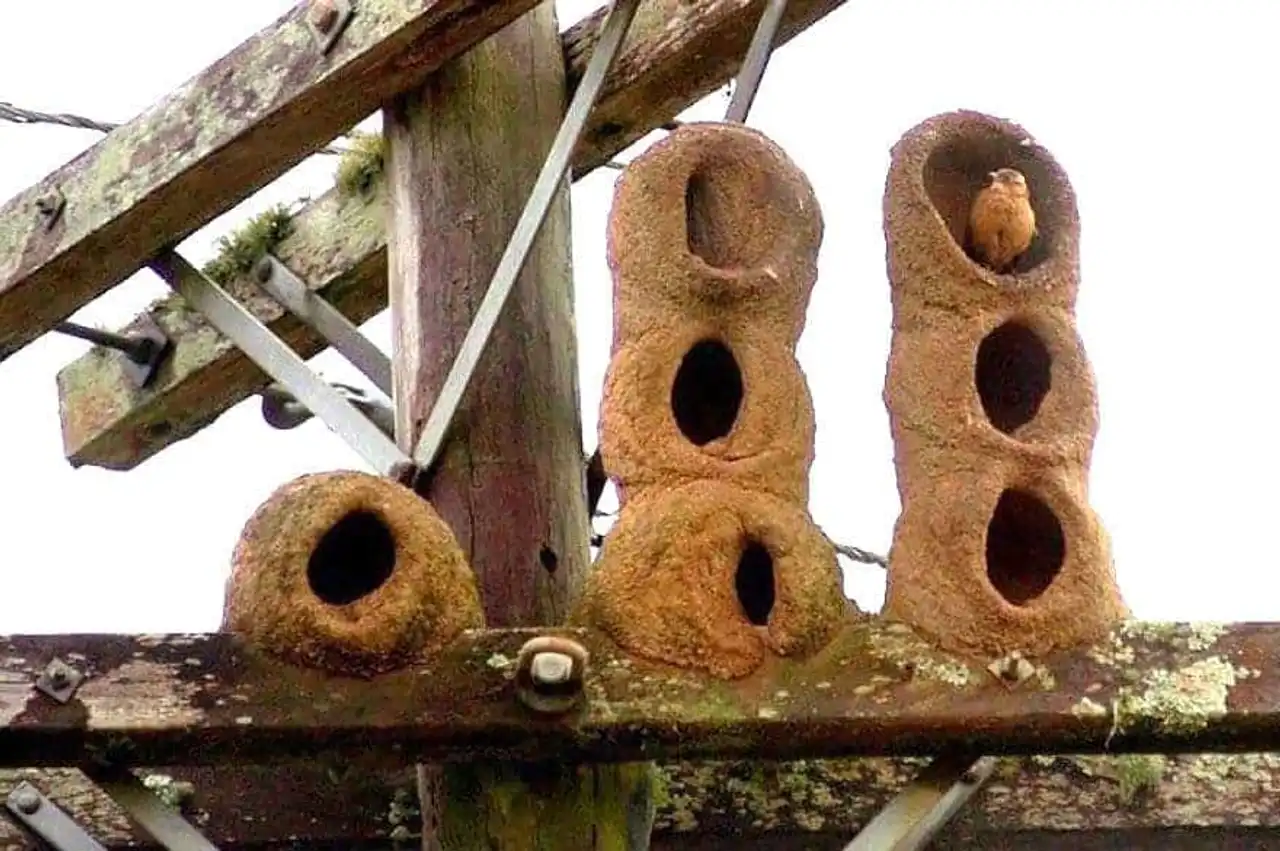
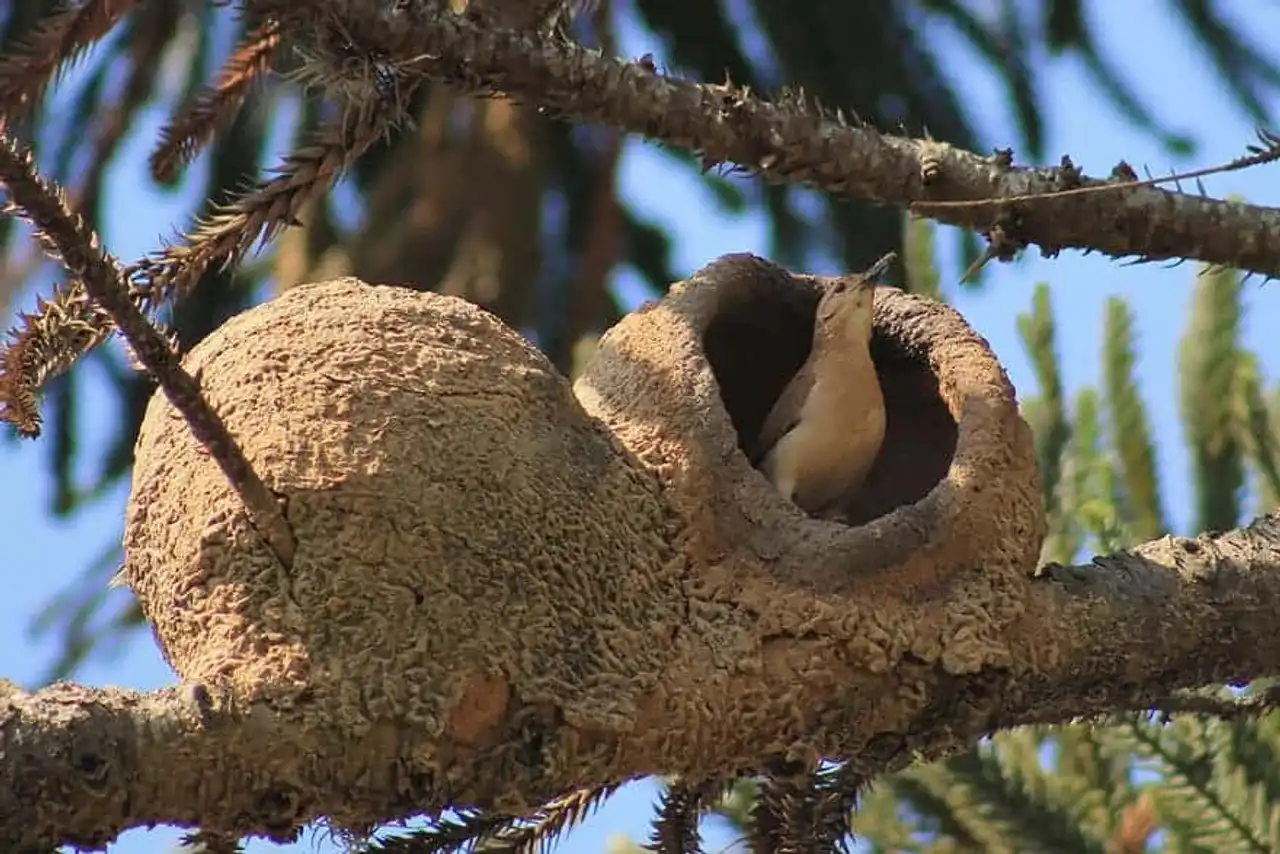
Tisserin Baya
The Tisserin Baya are remarkable for their nests, complex constructions made of lanterns of weeds braided and hung elegantly to the trees, which worth them, as to other Ploceids, the name of weavers. Their nest is pear-shaped and is made of dried herbs and leaves and braided between them, making the construction astonishment solid. To make a medium-sized nest, the male must pull between 500 and 1,000 grass ribbons, measuring 30 to 60 cm long, then attract a female by her cries. 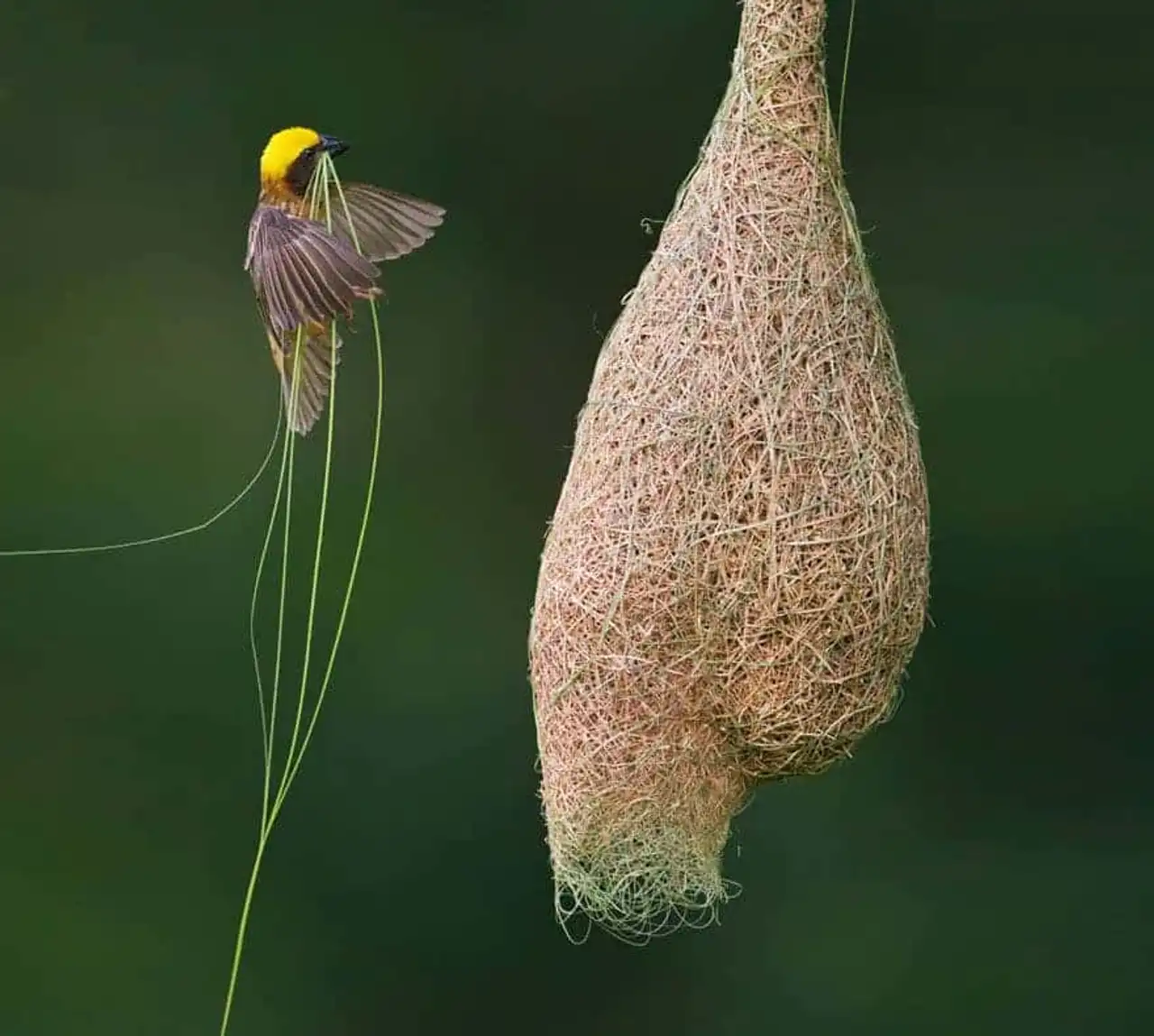
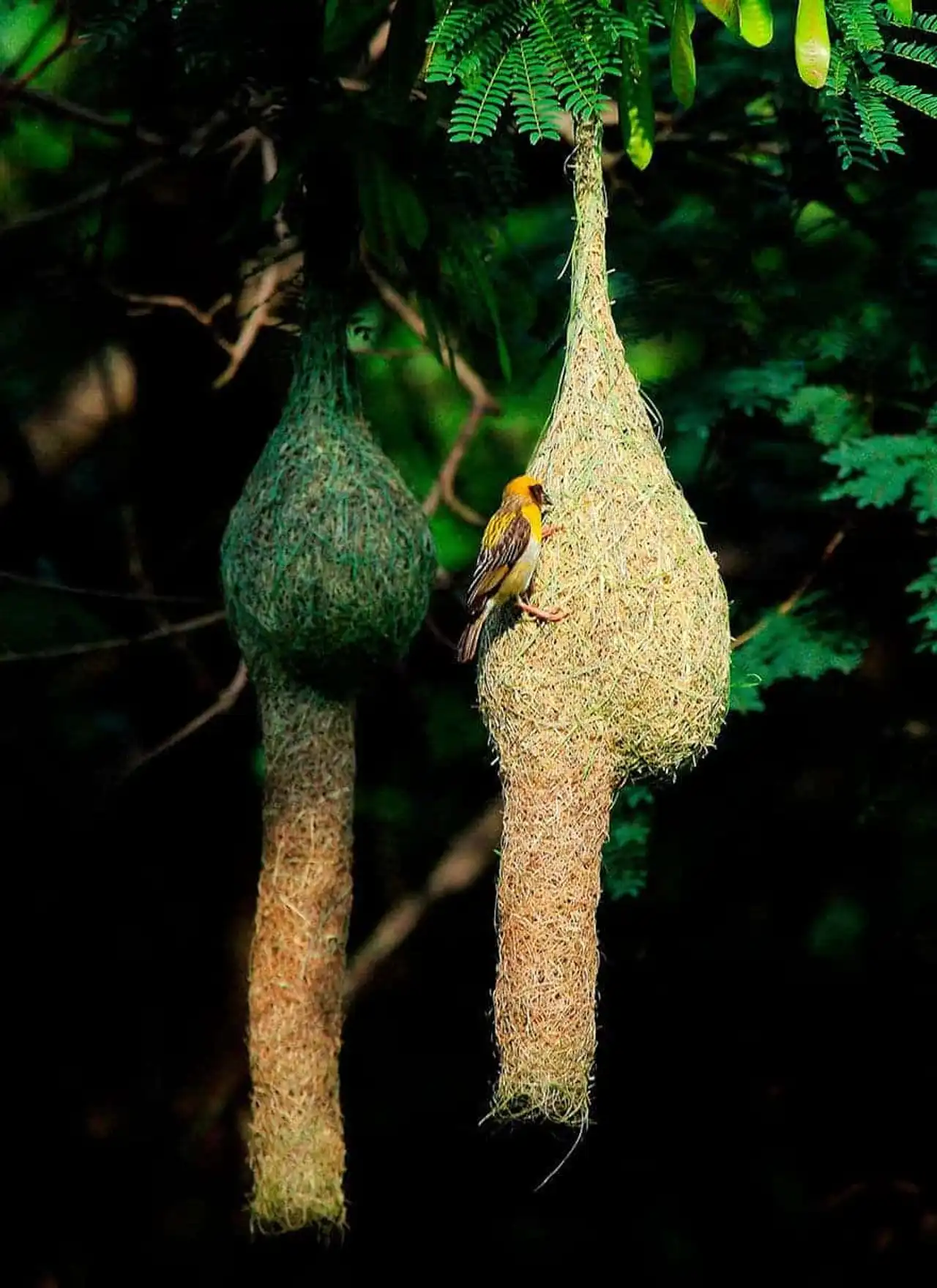
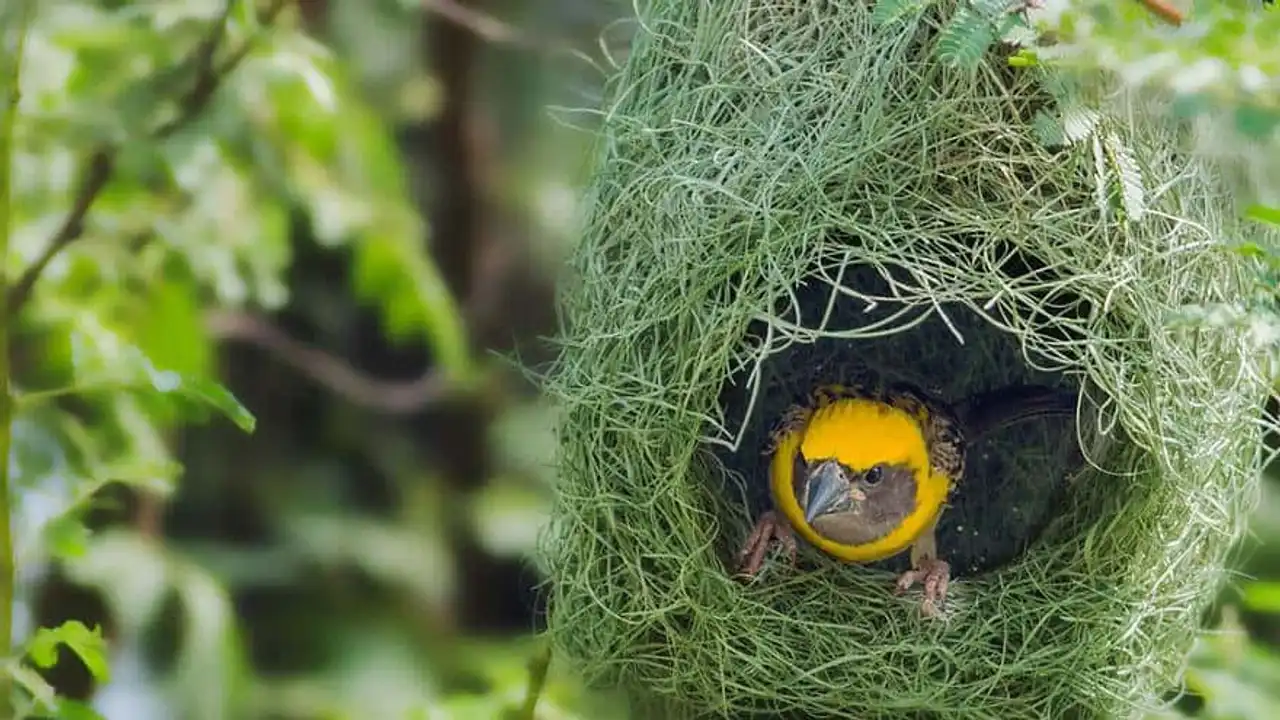
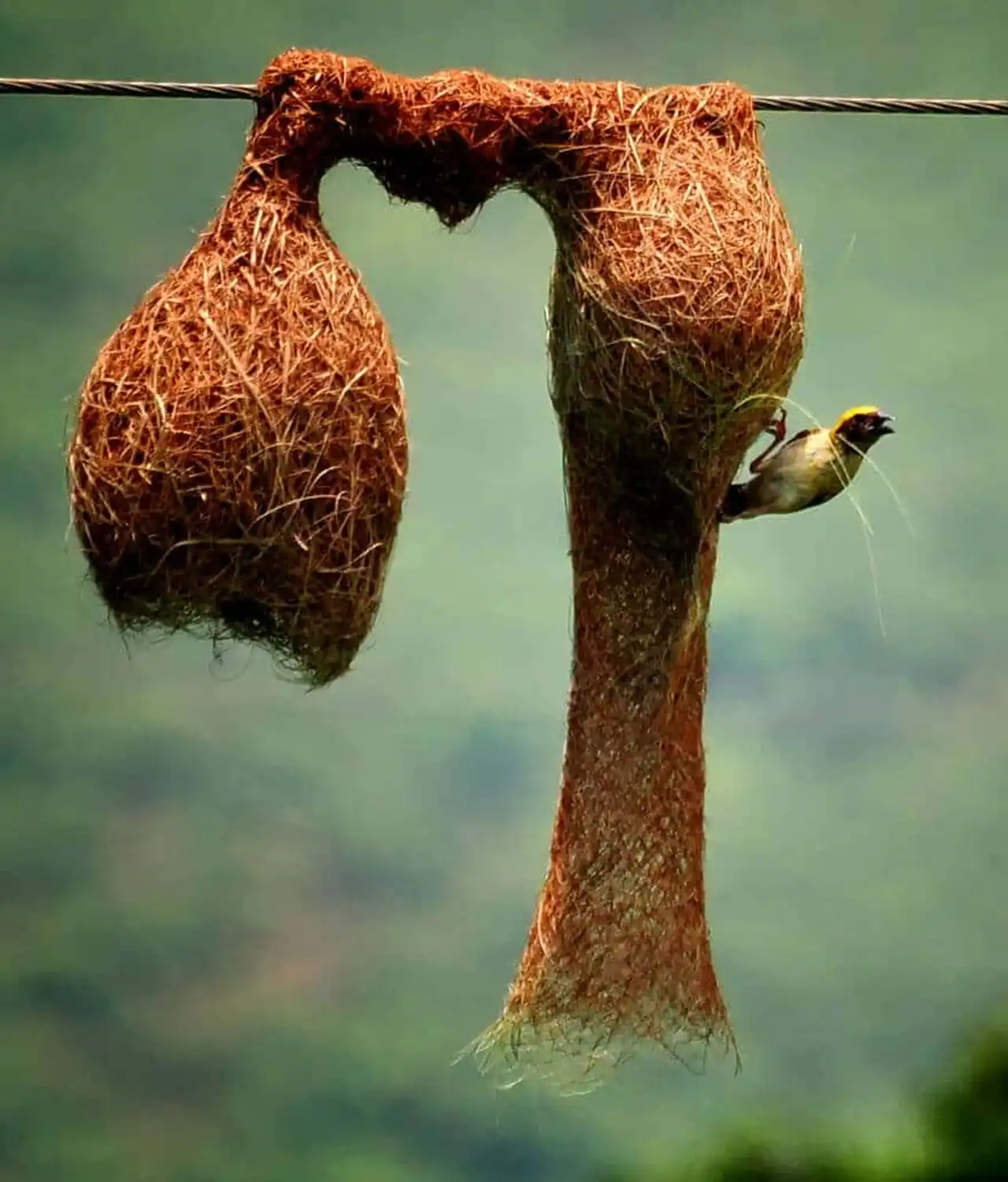
Guêpes
A nest of wasps is made of chewed paper that they make by superficially squeezing of bark, pickets, strains (wood, in sum)... These paper nests have the advantage of being light and well “respiring” during the hot summer days, but only serve a year because the weather in autumn and winter destroy them. The new queens will start building a new nest in the spring. 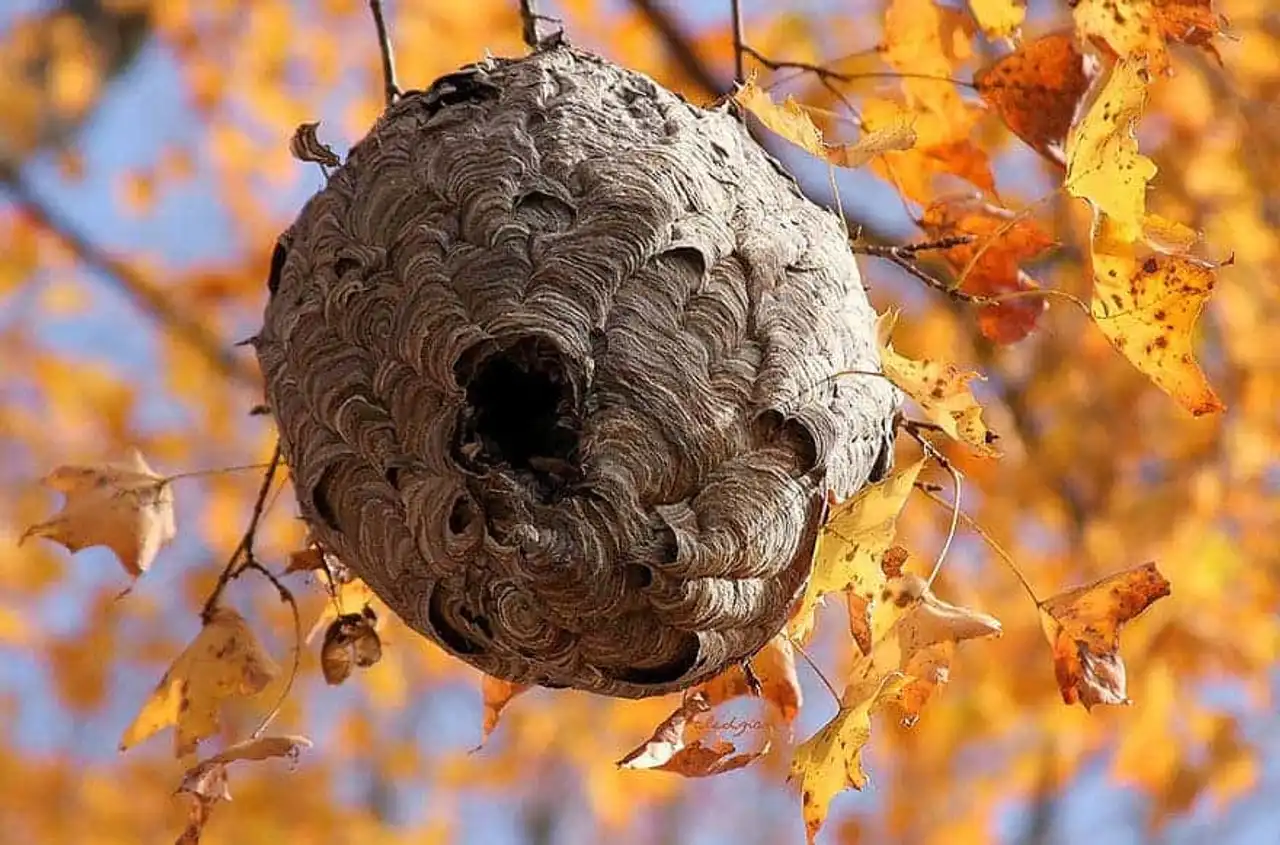
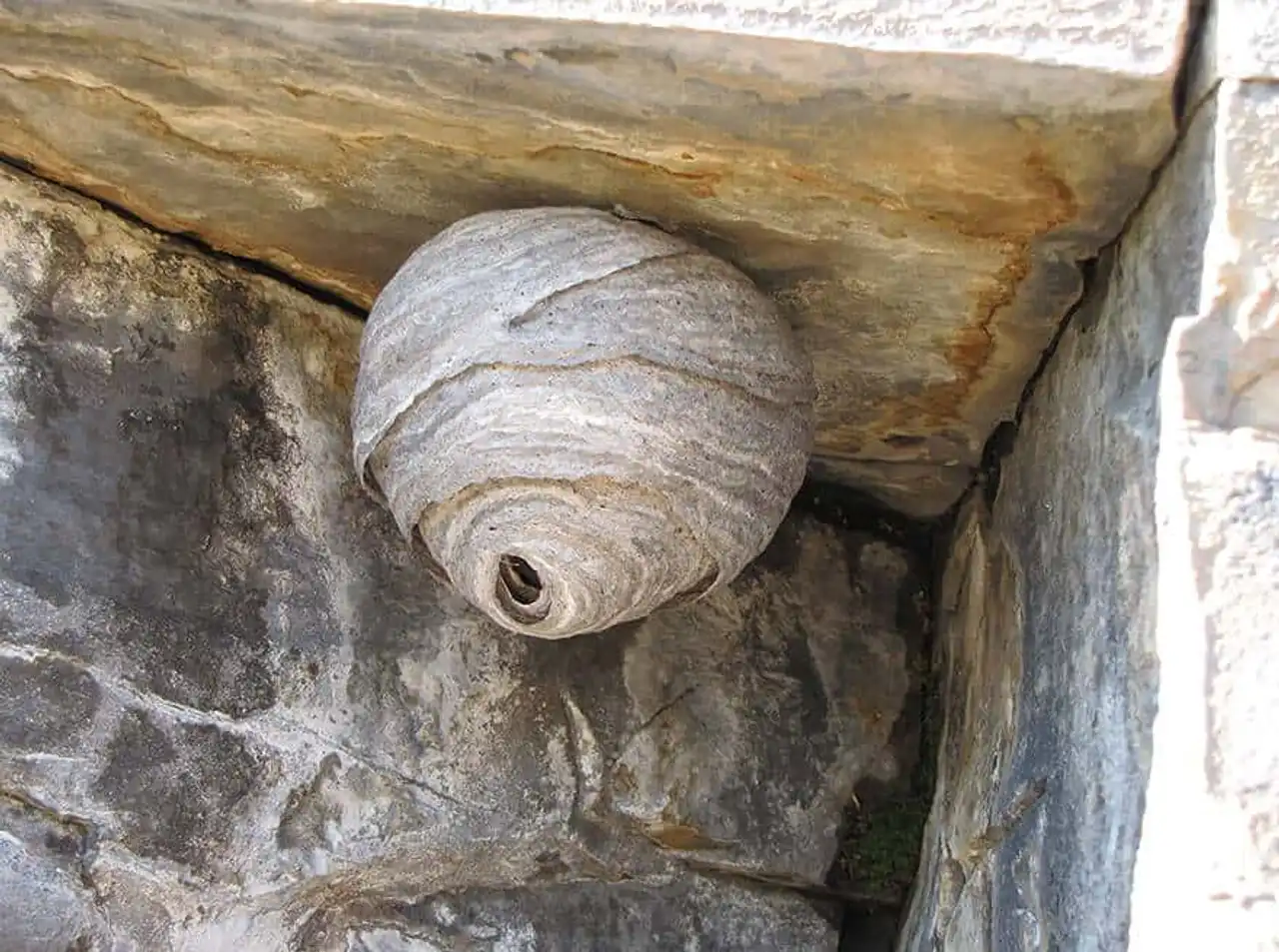
Castors
The castors build dams to flood the wooded areas to a certain depth. They then build submerged entrances that allow them to avoid predators and hunt for food in winter. Their dams can be really important, the largest known beaver dam in Canada's Wood Buffalo National Park is about 850 m long. 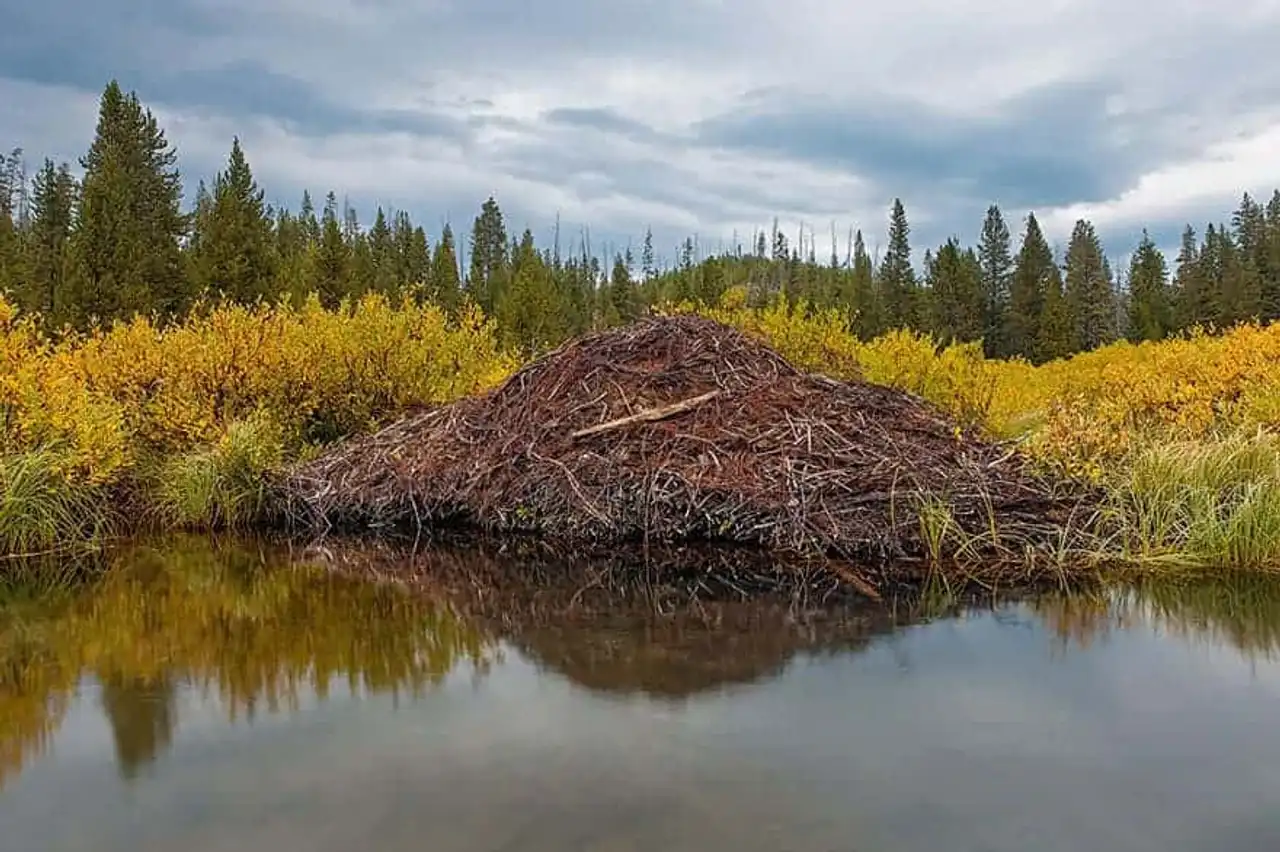
Cassiques de Montezuma
The cassic of Montezuma usually builds its nest in a tree a little isolated from others. They usually live in colonies of about 30 birds, which include a dominant male that mates with the females. 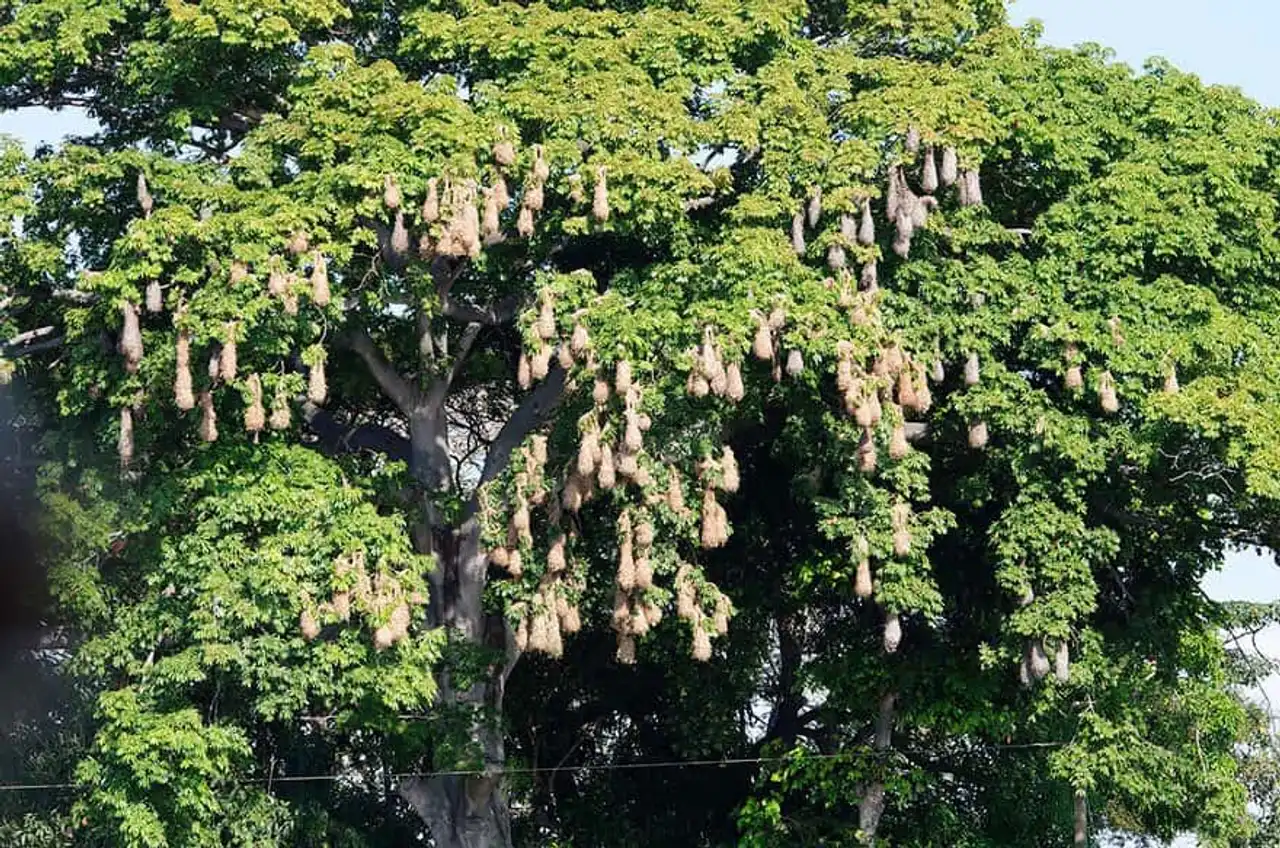
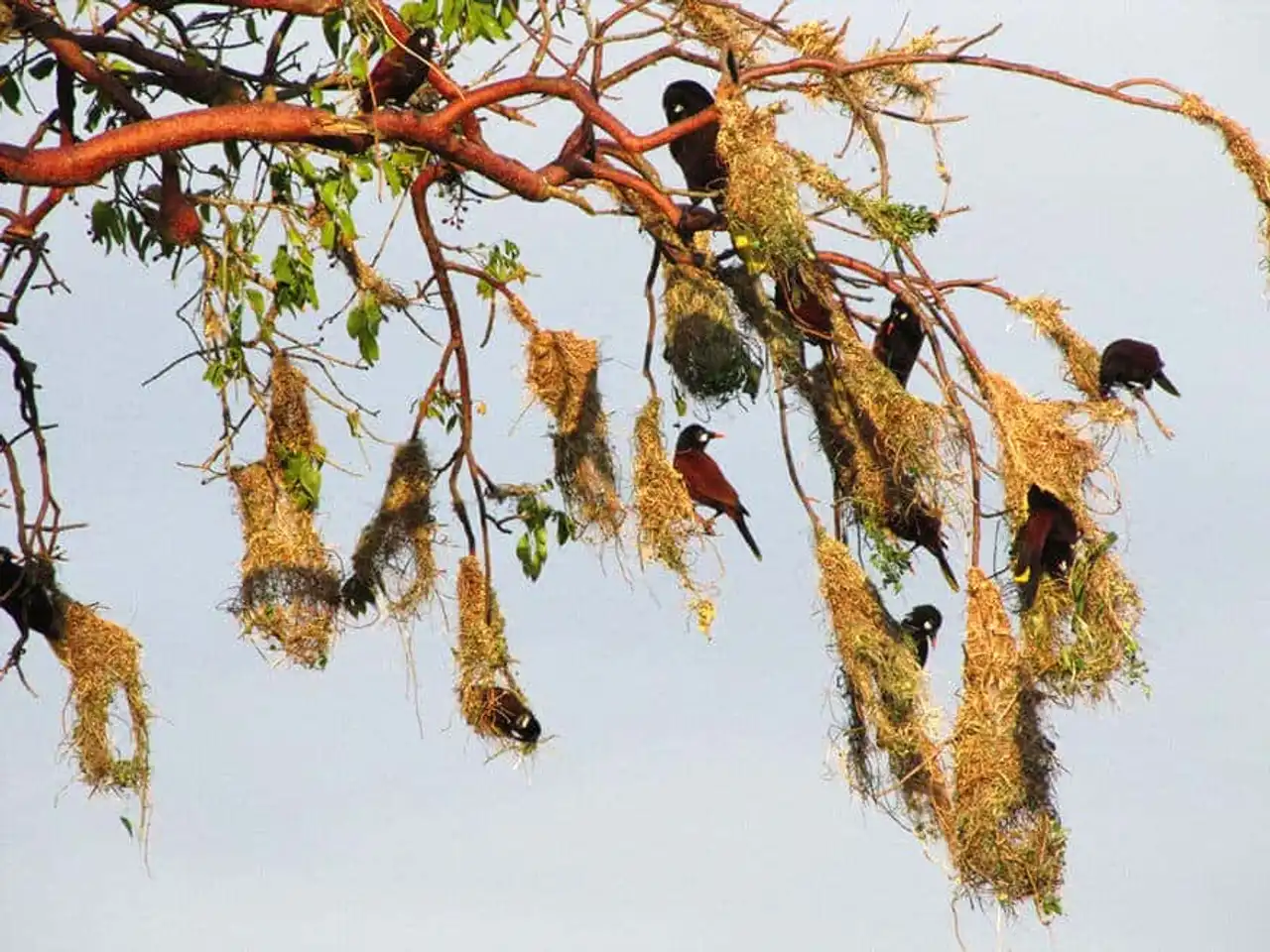
Braids
The swallows build nests with various materials, and some do not even need to build them, preferring to nest in abandoned cavities. Some turkey species, however, create their nests primarily with their own saliva. These nests are edible, and are considered a met by some. To prepare and eat a turtle nest, one must first remove the turkey nest from all its impurities and feathers. Then cook it more than three hours in boiling water. He then goes into many particles of white fibres. This substance is recovered to compose certain dishes such as the famous soup of turkey nest. 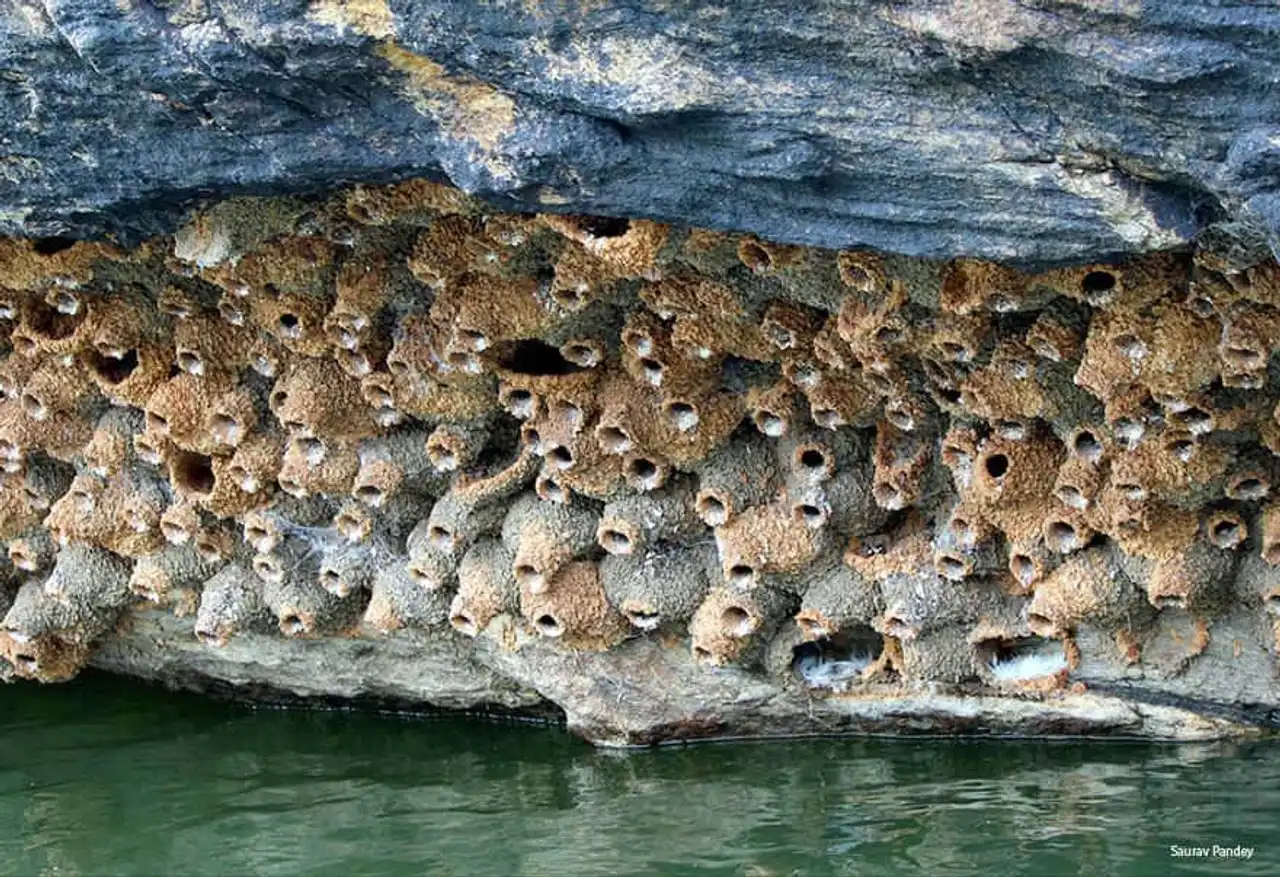
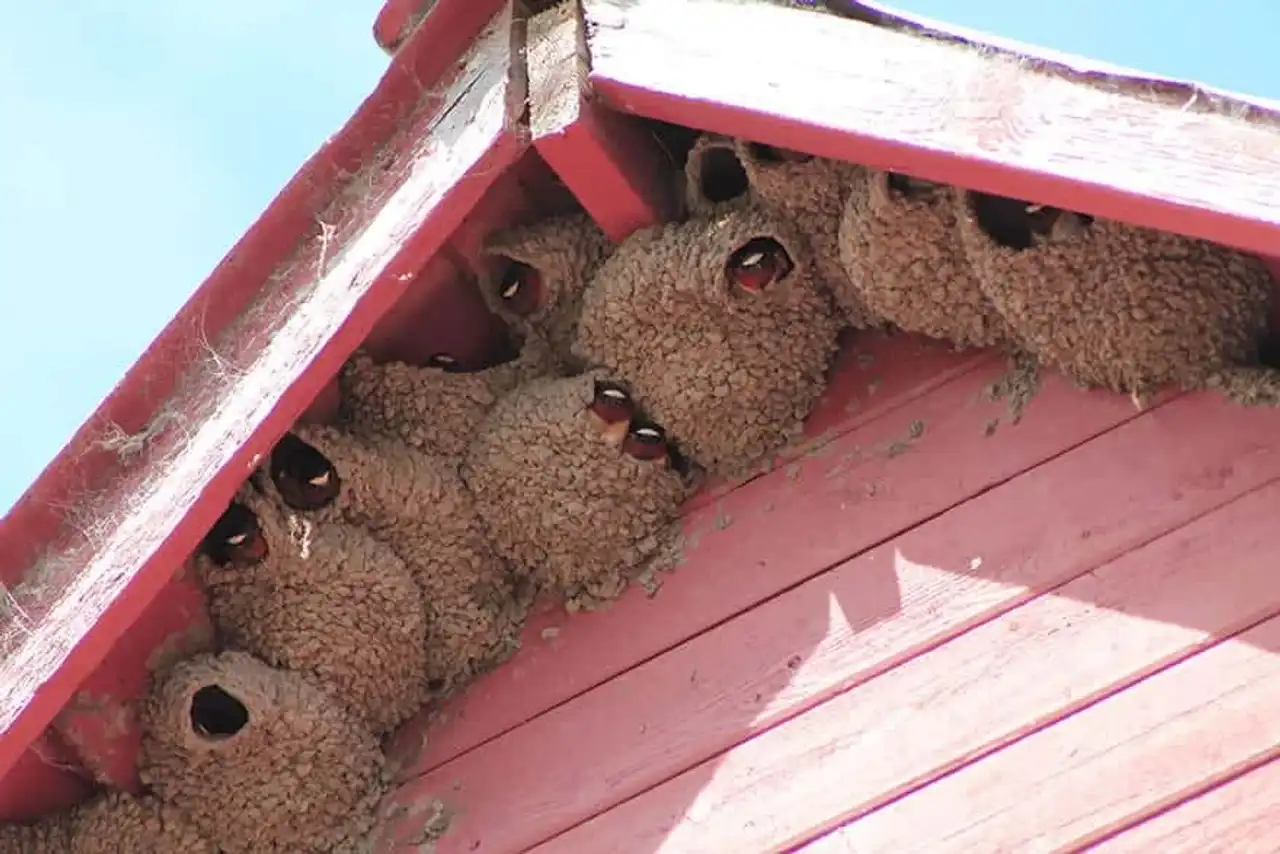
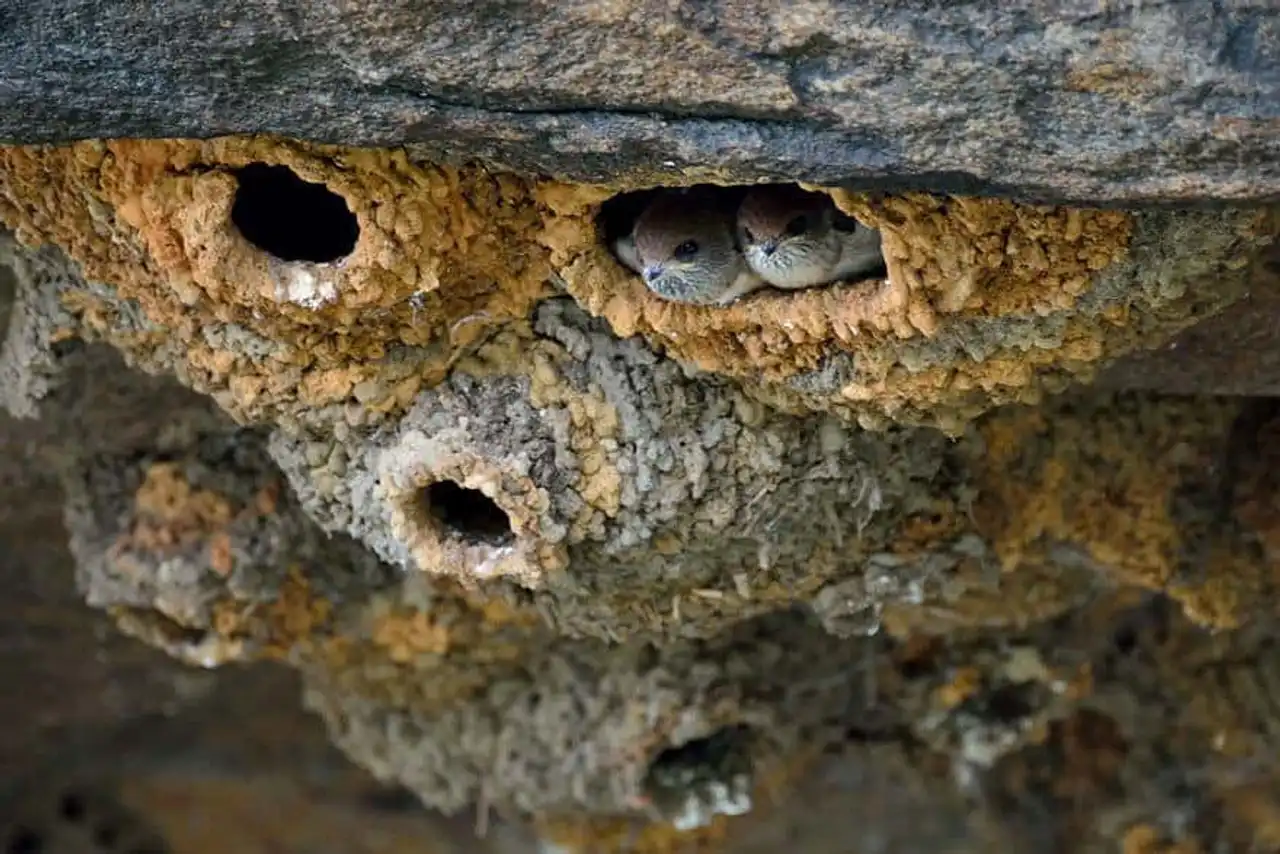
Trichoptera
Trichopter larvae are essentially aquatic and are well known to fishermen. Looking under the rocks of the creeks or among the dead plants of the tides, we encounter these strange creatures easily. Many of them produce a protective silk furnace on which they attach various materials: twigs, sand, micro shells, leaves... The head and chest alone come out of the furnace which allows the insect to walk with his home. This particularity applies to them the nickname "poor door". 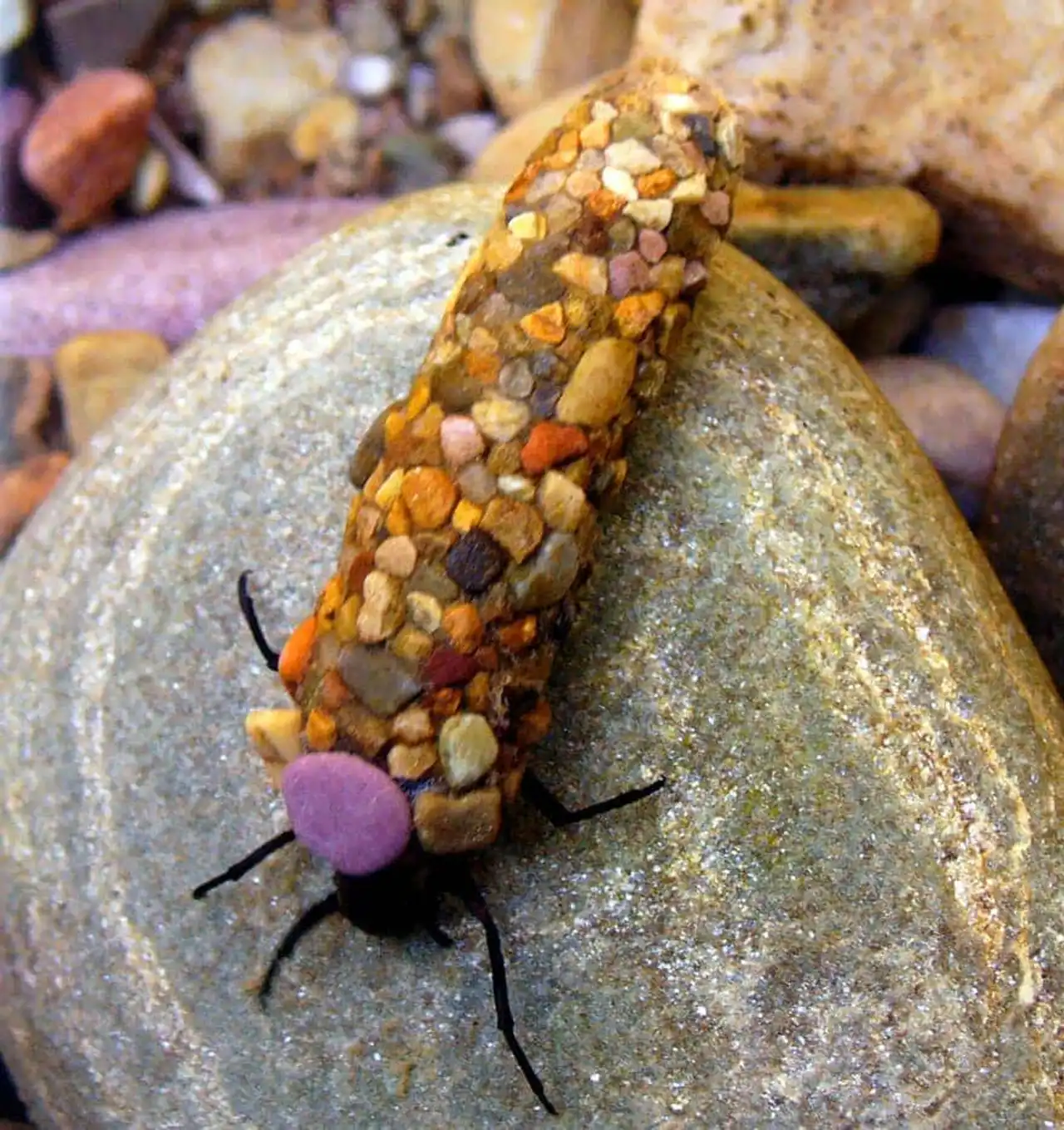
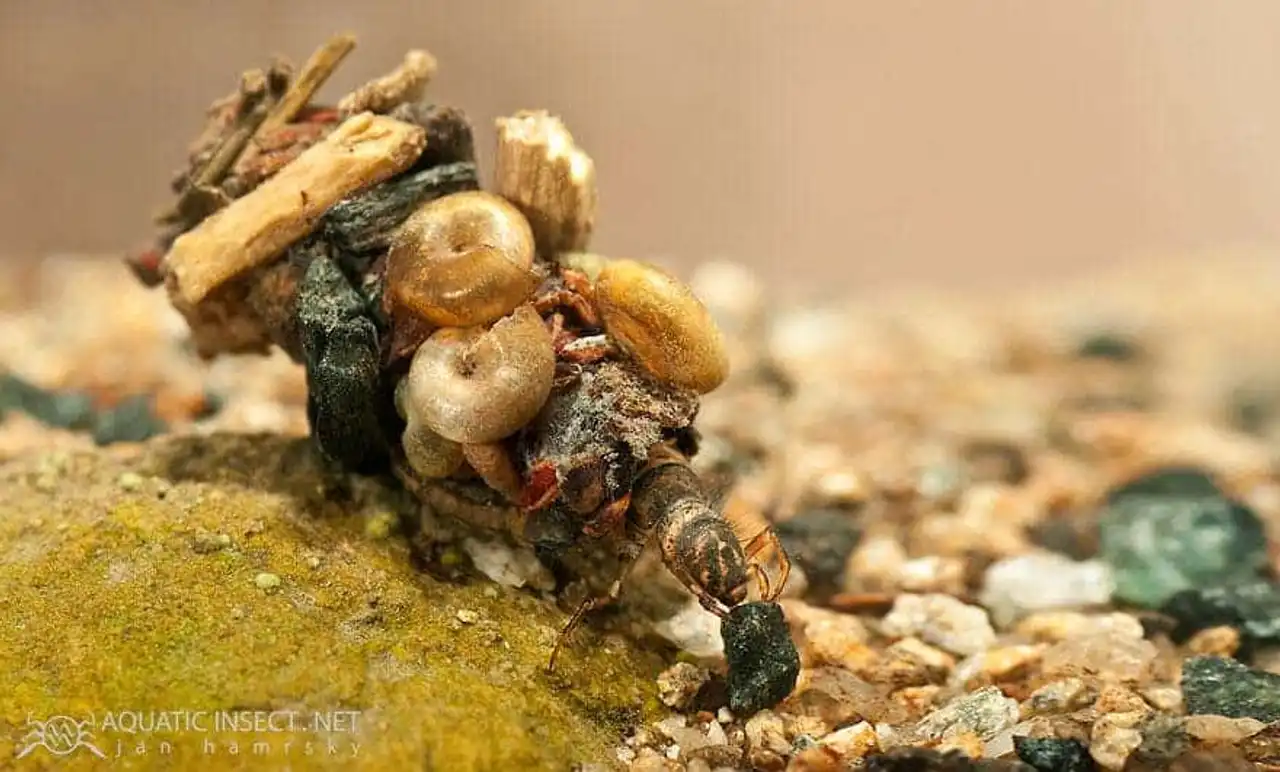
Did the homes of these animals and insects impressed you?
Source: FastCoDesign




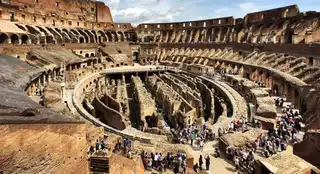
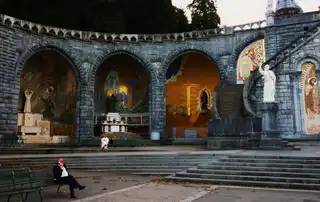

Loading comments ...